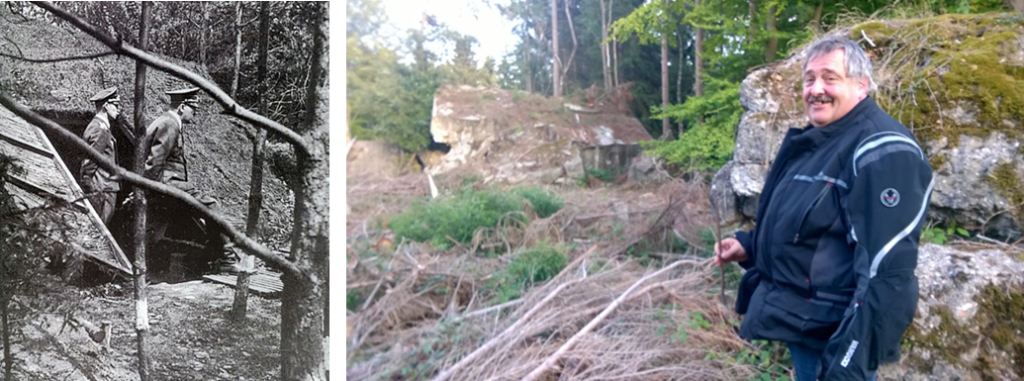Journey Log: Centennial – Third Ride
Published: 18 May 2023
By John Sterkendries
Special to the Doughboy Foundation web site
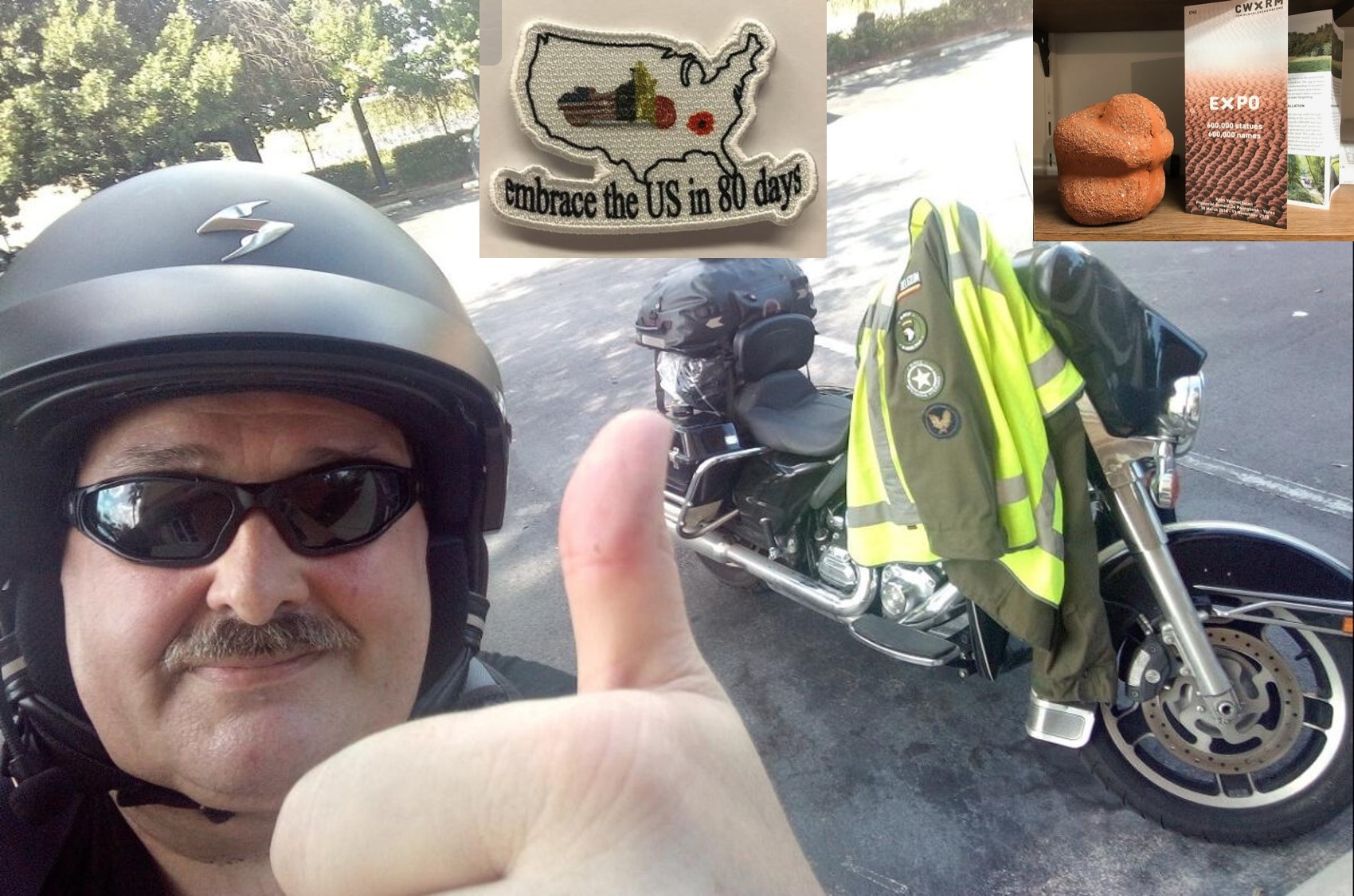
John Sterkendries motorcycle_header_photo
John Sterkendries is riding his 2013 Harley-Davidson Police Electra Glide motorcycle across the United States on a multi-year mission (top center) to find to places, monuments, and people with a relation to World War I in America to which to donate memorial clay figurines (top right) to honor American fallen soldiers. The 600,000 figurines were created to represent 600,000 victims from all countries who fell in Belgium during WWI. In this article, John provides a diary of his latest completed trips in 2021 and 2022.
(Editor’s Note: The origin and first two legs of John Sterkendries’ American WWI journeys are chronicled here. Media coverage of his project can be found here and here.)
My plan for this third ride was to drive along the Mexican border, making my way from Houston, TX to Tucson, AZ. Once I would’ve made it to Tucson, AZ, I’d make a quick stop in Pittsburgh, PA to pick up my daughter for us to then fly back to Belgium to celebrate the holidays. When I was making the final preparations to leave Houston, TX however, I was messaged by the director of the Texas Military Forces Museum in Austin, TX; Mr. Jeff Hunt. Mr. Hunt invited me to a Christmas party at the museum and I made the decision to stay in the Houston, TX area during this third trip and would continue with my original plan another time. With this, my new itinerary became Houston – Galveston – Austin (Texas Military Forces Museum) – Houston.
I’ve also decided that I’ll be riding up to Kansas City, Missouri during my next trip and donate a statue at the WW1 Museum and Memorial. This trip will take me on a 2,794km journey through 11 states. (I also use this trip to visit as many states as possible. When I have fully driven this big trip I want to have visited all the states of the USA.) Once this has been achieved, I will then continue my original itinerary and make my way to Tucson, AZ.
With this housekeeping done, what follows documents my third ride of this fantastic journey. Continuing what I’ve been doing for the past two rides, I went looking for WW1 related monuments, people and their stories and general interesting stops again. I have to admit that you will find some WW2 related things in this story as well however.
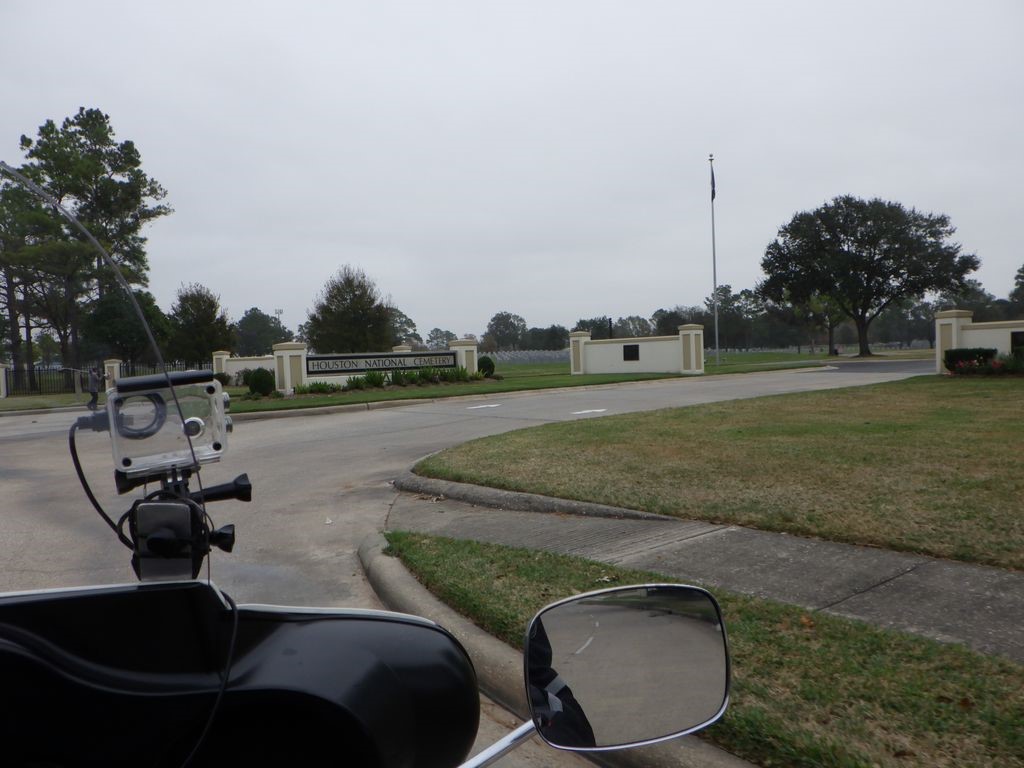
08-12-2021.
The Houston Cemetery.
As I still had some time before I had to head up to Austin, TX; I decided to look online for some WW1 related sites nearby. One of the places that I found was the Houston Cemetery. On their website I found out that there were many soldiers of WW1 laid to rest here. I have listed three resting places that I found on the Houston Cemetery’s website. On my next ride, I will be laying some flowers by these resting places as a token of my sincerest respect. Because it would be impossible for me to perform this gesture for each resting place, I decided on these three at random.
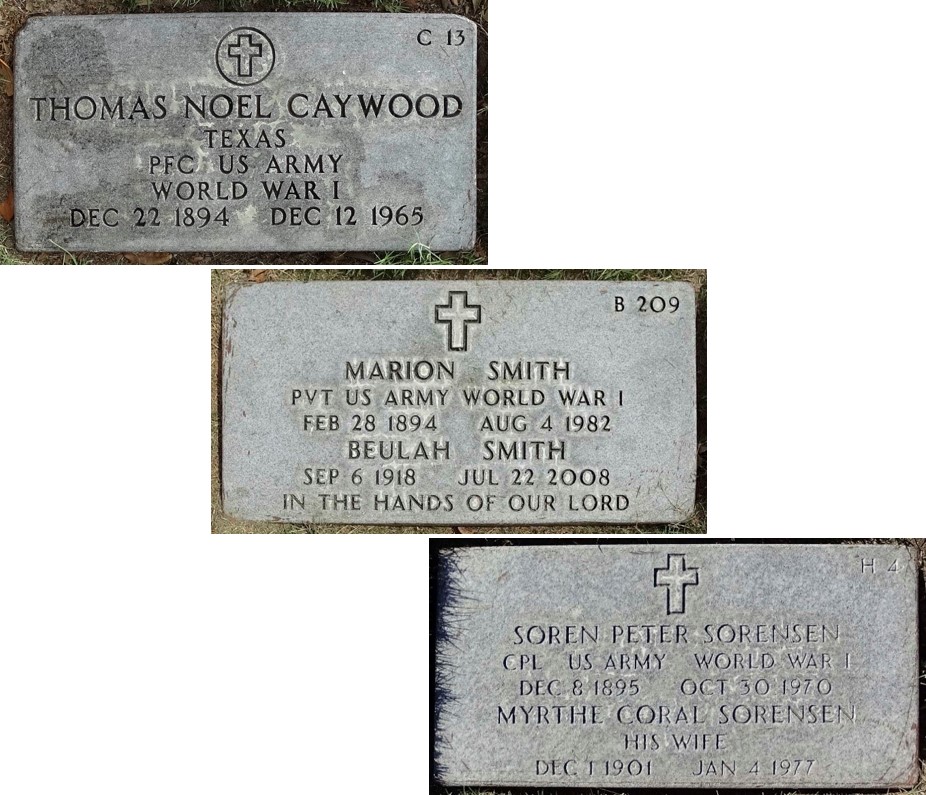
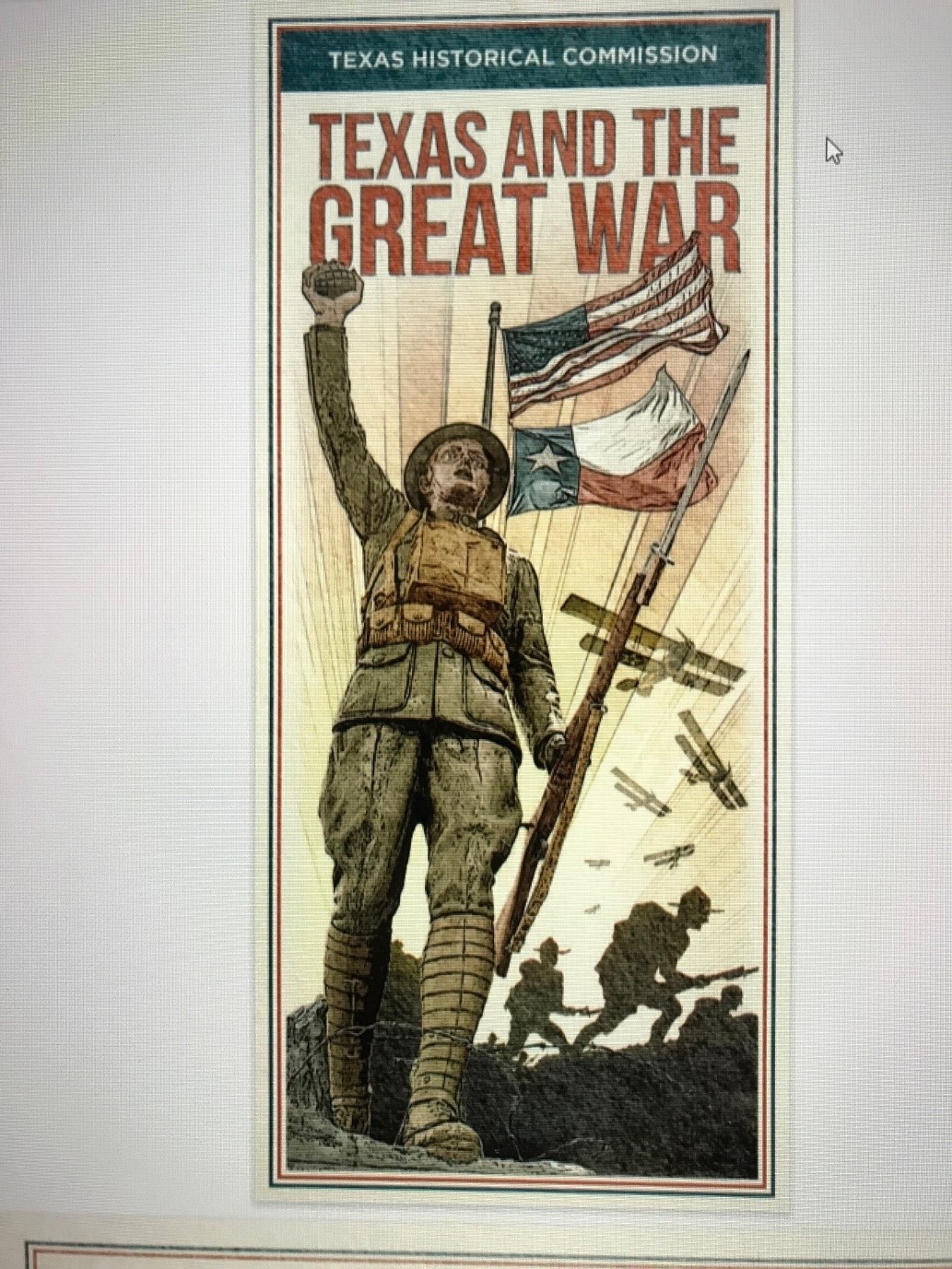
A Sad Note
Before I begin my story, I am deeply saddened to inform you that Dave Spallinger, the man who took my very first statue into possession, has unfortunately passed away. His personality and the ride we had together will remain with me forever.

I decided to contact Mr. Henriquez Jose, who is the Administrative Officer of the U.S. Department of Veterans Affairs. Mr. Henriquez was kind enough to invite me to visit the cemetery. It was only after I drove into this cemetery, that I understood the sheer size and soothing beauty that this resting place holds. Mr. Henriquez was waiting for me at the entrance and told me about the history of this magnificent place. After his explanation, I donated a statue to him (statue kindly donated by Coen Coox).
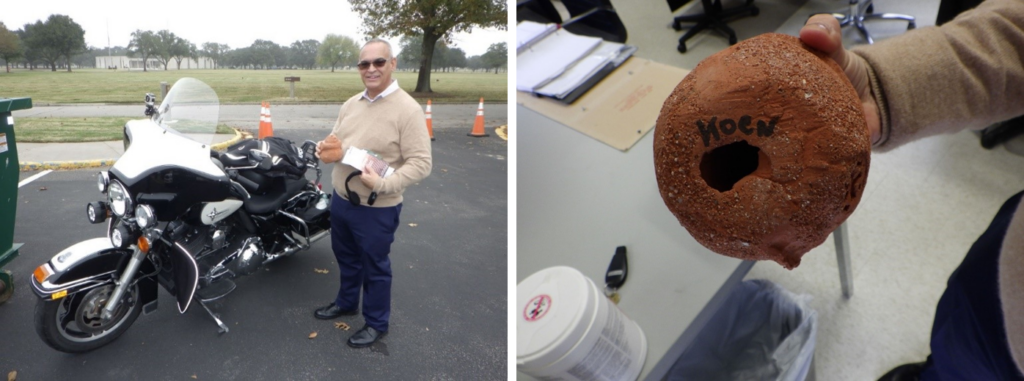
Henriquez Jose with statue donated by Coen Coox.
They were also renovating the main entrance of the Cemetery.
Mr. Henriquez went on to inform me that the main entrance of the cemetery was being renovated and that the statue would be given a special place of honor at the entrance of the main building with a plaque detailing its story once the renovations are completed.
08-12-2021.
The National United States Armed Forces Museum.
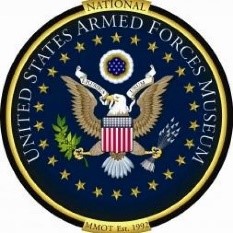
At the end of my previous trip, I rode to the National United States Armed Forces Museum in Houston, TX. Unfortunately I was out of luck and the museum was closed due to the COVID-19 pandemic. Because I had some more time in Houston, TX during this trip, I decided to give it another go. Lucky enough for me, the museum was open and they were kind enough to offer me a comprehensive guided tour for several hours. The man in the picture below was my tour guide and surprised me with many facts and interesting WW1 stories!
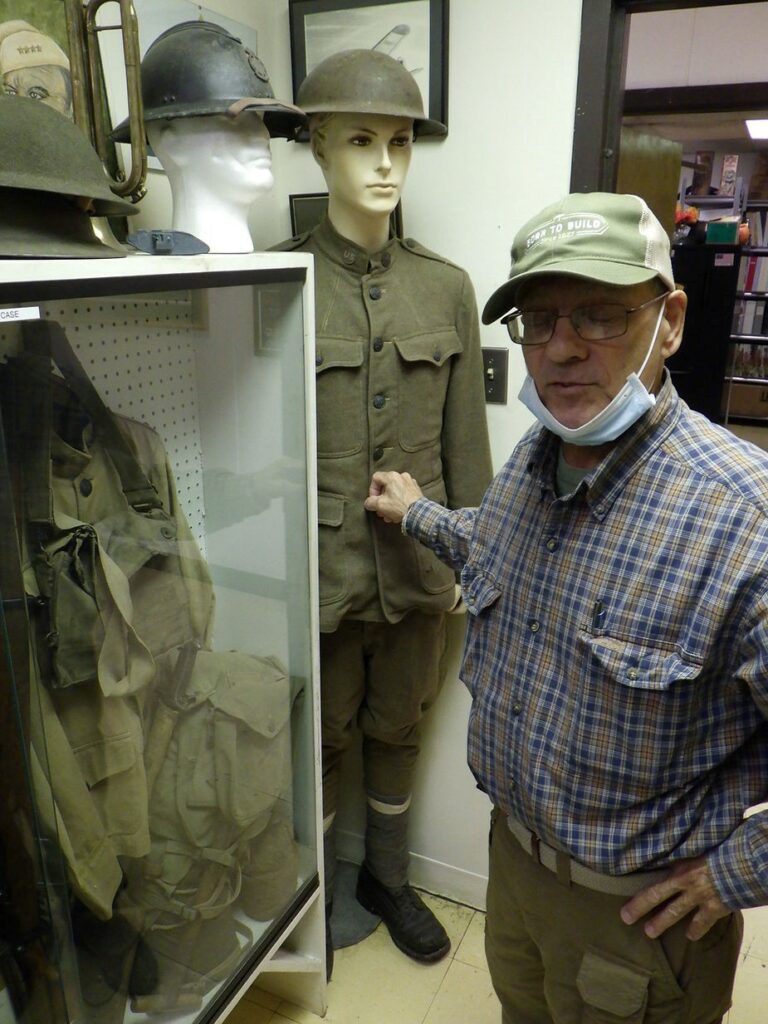
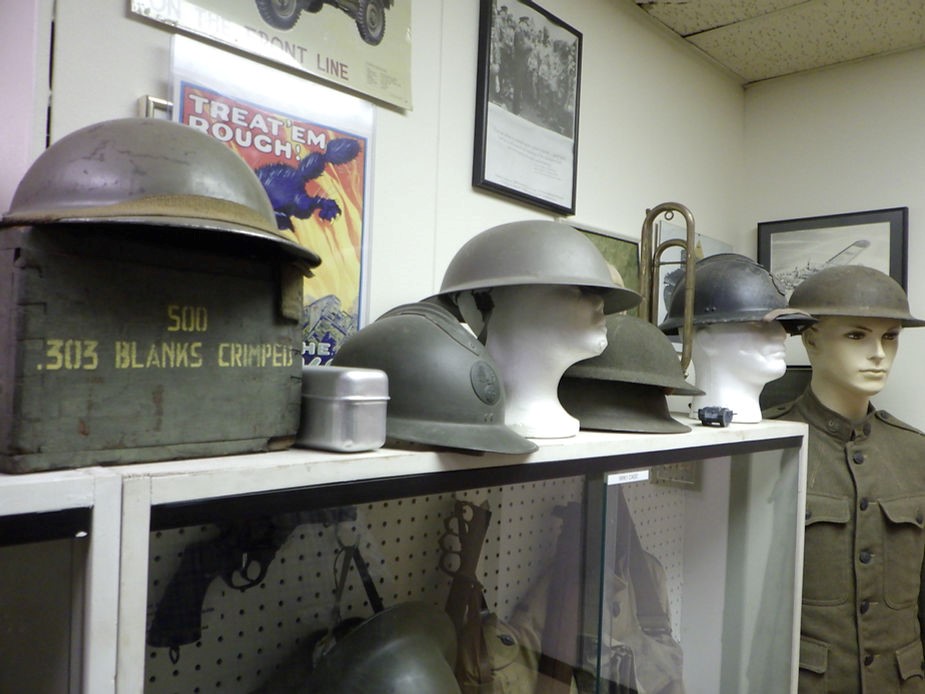
The museum also carries various vehicles that are always kept in ready-to-use in case of natural disasters such as hurricane, flooding, etc. This even includes a helicopter with a pilot that’s immediately deployable. The museum currently has several vehicles it’s going to restore.
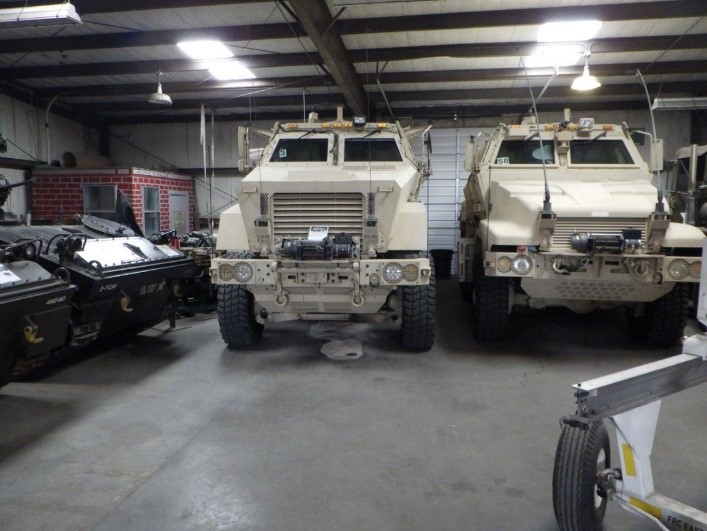
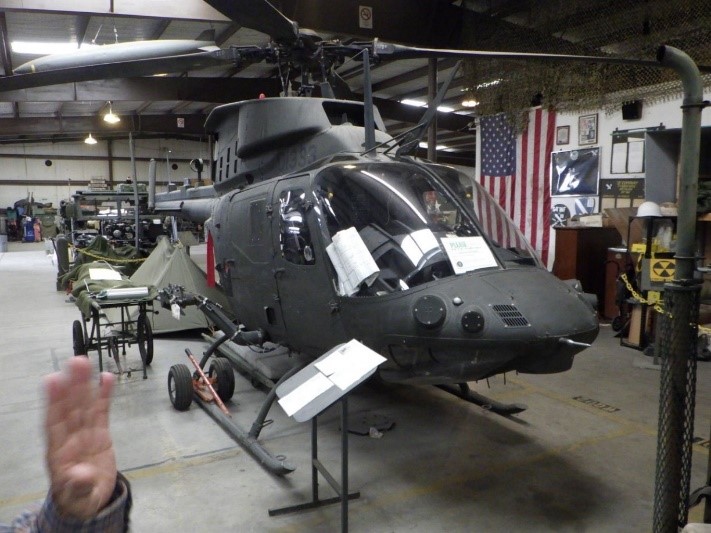
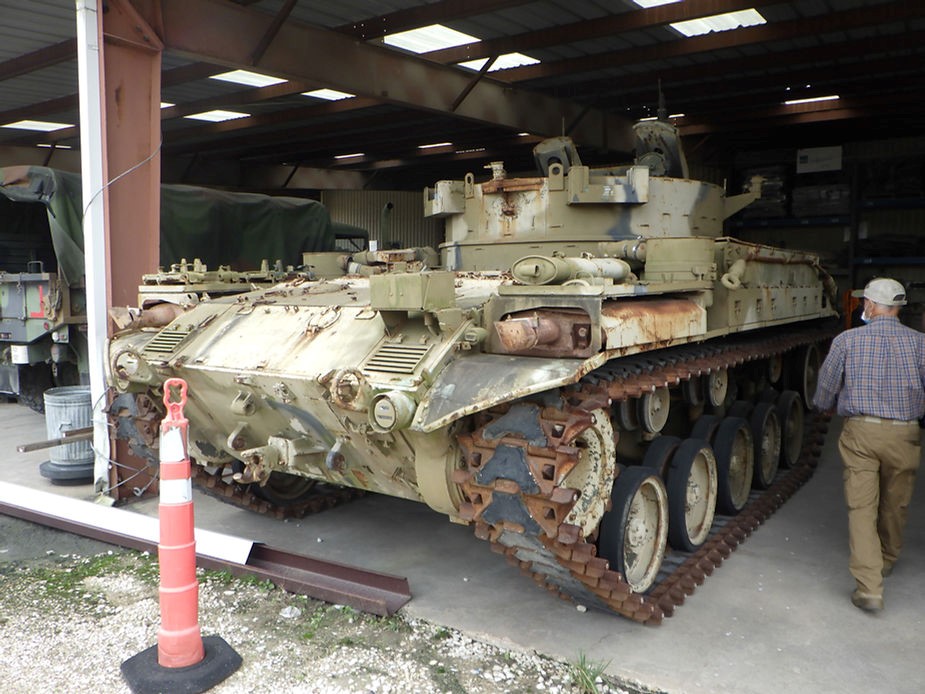
08-12-2021.
The WW1 Memorial Monument in the Heritage Society Plaza Houston.
My next Google search brought me to the WW1 Memorial Monument in the Heritage Society Plaza Houston, TX.
The bronze and granite memorial commemorates the local soldiers who died in World War I. It features a bronze plaque depicting an eagle and displaying a list of names, all set within a granite block.

WW1 Memorial Monument in the Heritage Society Plaza Houston, TX

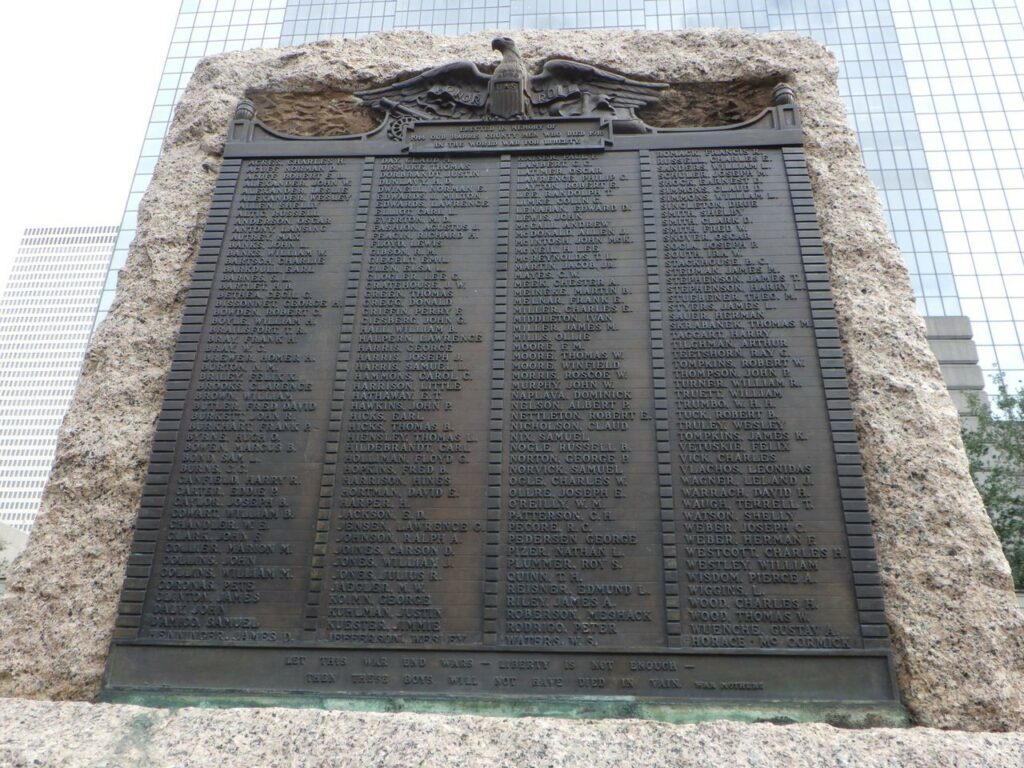
09-12-2021.
All American pawnshop PASADENA, TX.
A simple pawnshop. This is something I’ve always seen on television in Belgium but something we don’t have in our country. My curiosity got the better of me and I had to stop and visit.
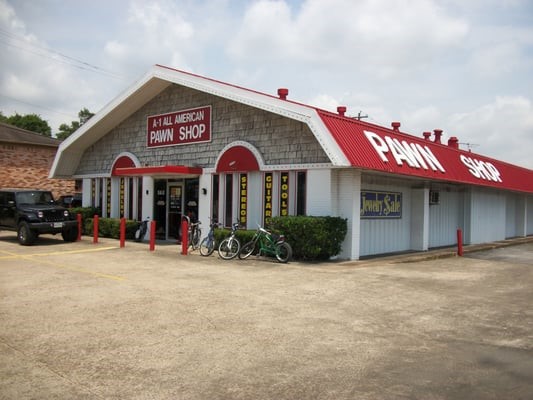
10-12-2021.
Galveston’s World War I Memorial.
100 meters from the Gulf of Mexico.
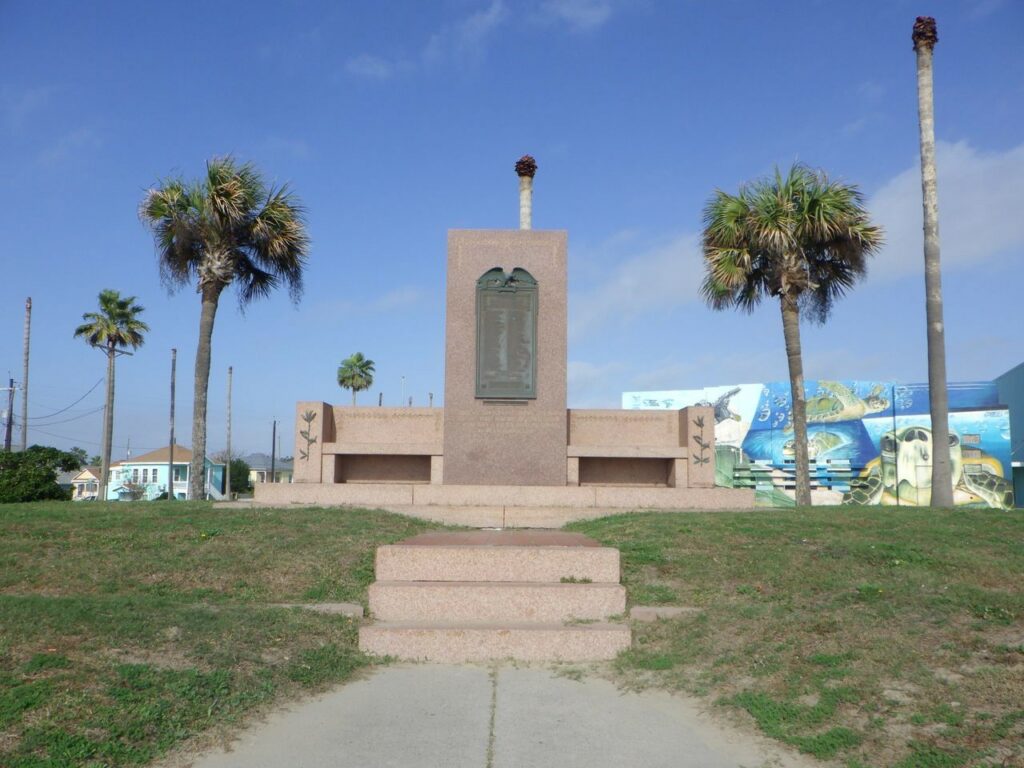
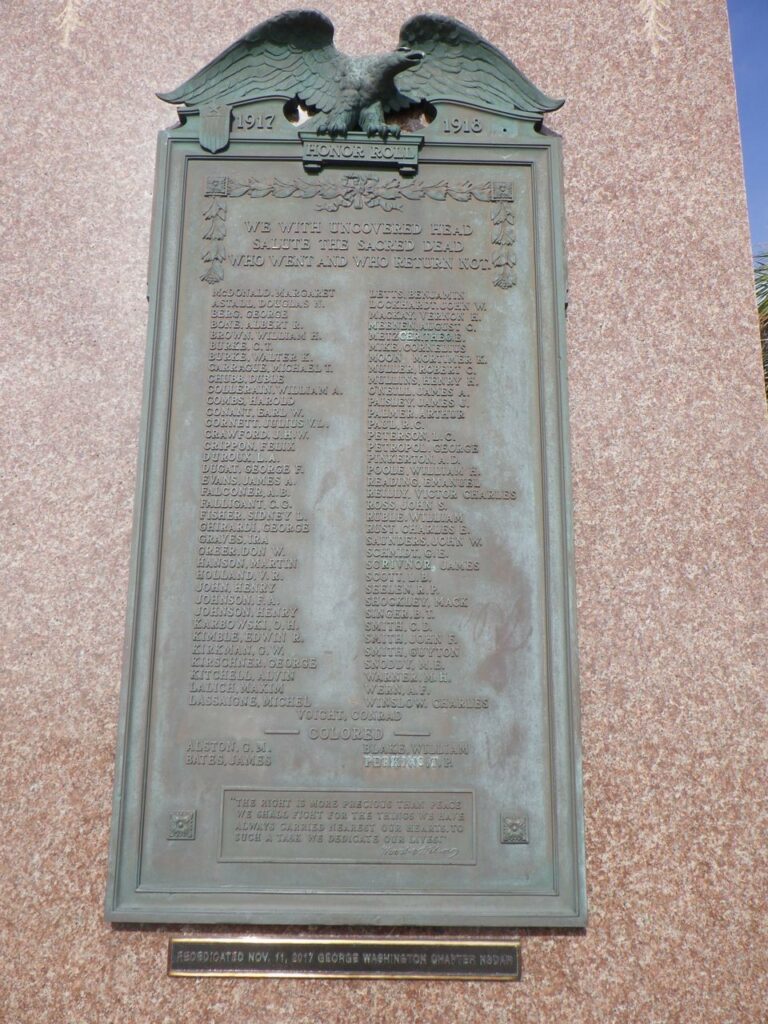

The monument also mentions four names of “colored” fallen soldiers.
10-12-2021.
The Mexican Telegraph Company – The Zimmermann Telegram.
I had read online that there was a Telegraph Company Post in Galveston, TX where history had been made. After a few hours of searching and asking many passersby, I found the post behind a beautiful historic building. When I finally passed this building and I asked the neighbor who was working outside if he knew what I was looking for, he told me that he had lived there for a while but didn’t know any telegraph post or historical building. I chuckled as I thought “It’s 100 meters from your house!”. This reminded me of the fact that there are multiple interesting monuments, museums, and stories in Belgium that I don’t know yet myself. The stories from far away tend to be more interesting than those in your own environment.
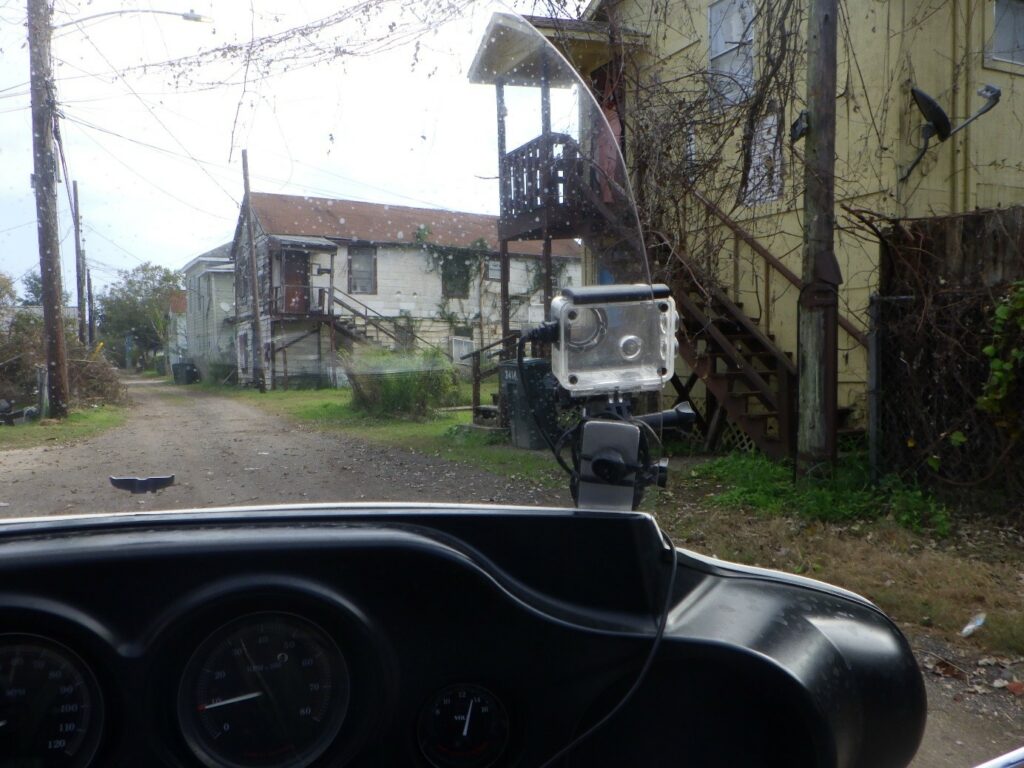

Behind this beautiful house I found the Telegraph Company Post.
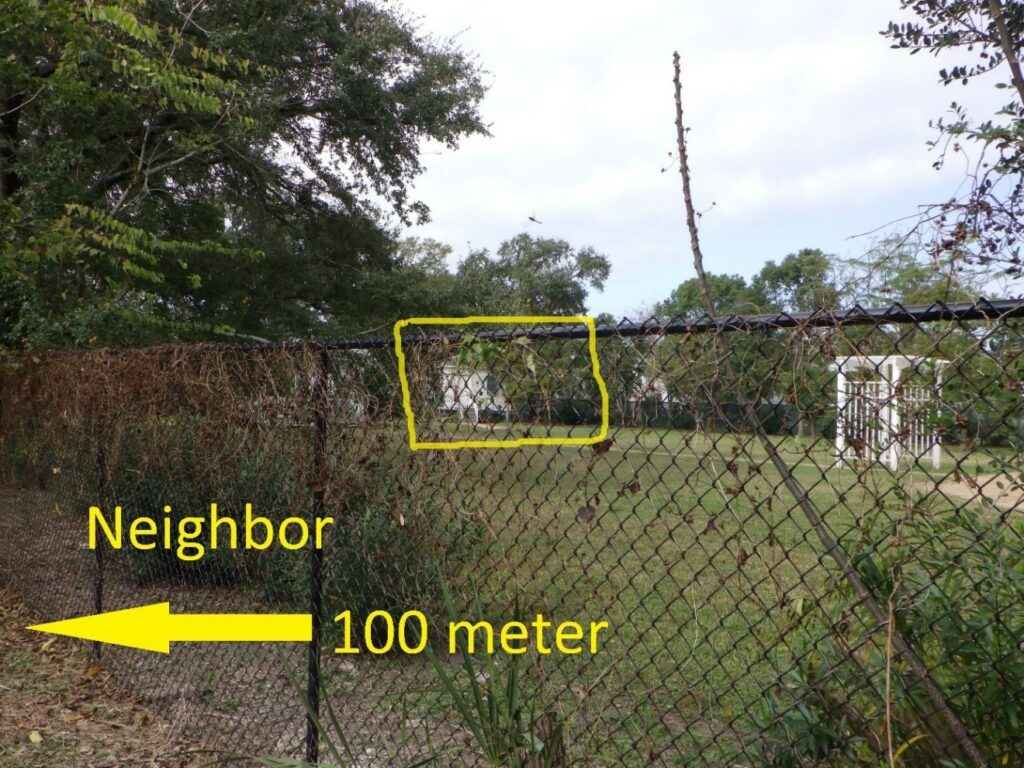
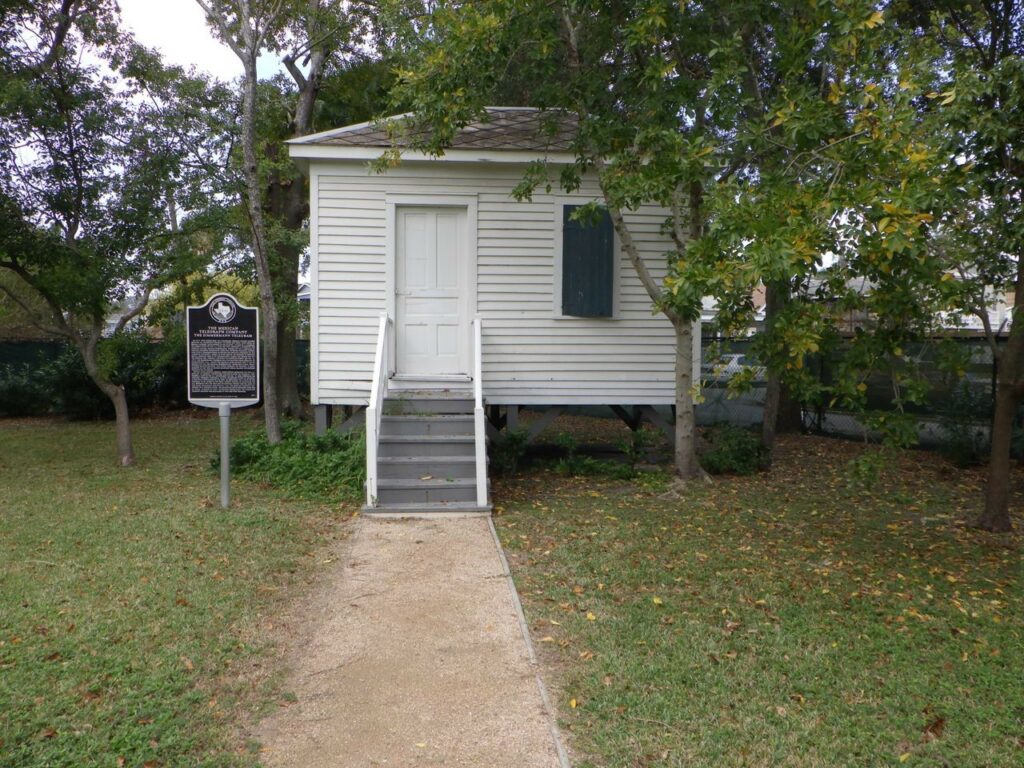

The wires that went into this small shed had received a message that has deeply influenced American history.
The Zimmerman Telegram has also been quoted in The Doughboy Foundation’s podcast:
“First Into Germany: Sgt. Roy Holtz – And He Did It On a Harley”
And :
How one telegram helped to lead America toward war
Published: 25 February 2022
Doughboy Foundation – How one telegram helped to lead America toward war
This telegram, written by German Foreign Secretary Arthur Zimmermann, is a coded message sent to Mexico, proposing a military alliance against the United States. The obvious threats to the United States contained in the telegram inflamed American public opinion against Germany and helped convince Congress to declare war against Germany in 1917.
Between 1914 and the spring of 1917, the European nations engaged in a conflict that became known as World War I. While armies battled in Europe, the United States remained neutral. In 1916 Woodrow Wilson was elected President for a second term, largely because of the slogan “He kept us out of war.” Events in early 1917 would change that hope.
In January of 1917, British cryptographers deciphered a telegram from German Foreign Minister Arthur Zimmermann to the German Minister to Mexico, von Eckhardt, offering United States territory to Mexico in return for joining the German cause. To protect their intelligence from detection and to capitalize on growing anti-German sentiment in the United States, the British waited to present the telegram to President Wilson. Meanwhile, frustration over the effective British naval blockade caused Germany to break its pledge to limit submarine warfare. In response, the United States severed diplomatic relations with Germany in February.
On February 24 Britain released the Zimmermann telegram to Wilson, and news of the telegram was published widely in the American press on March 1. The telegram had such an impact on American opinion that, according to David Kahn, author of The Codebreakers, “No other single cryptanalysis has had such enormous consequences.” It is his opinion that “never before or since has so much turned upon the solution of a secret message.” On April 6, 1917, the United States Congress formally declared war on Germany and its allies. The Zimmermann telegram clearly had helped draw the United States into the war and thus changed the course of the war, which ended with an armistice, an agreement in which both sides agree to stop fighting, on November 11, 1918.
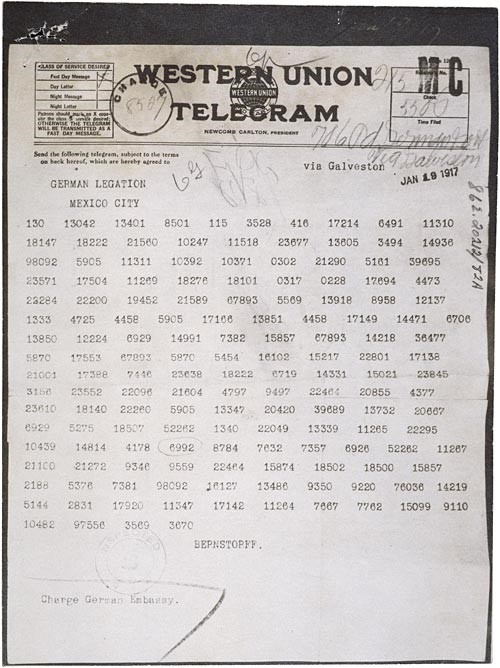
(Decoded message text of the Zimmermann Telegram)
FROM 2nd from London # 5747.
“We intend to begin on the first of February unrestricted submarine warfare. We shall endeavor in spite of this to keep the United States of America neutral. In the event of this not succeeding, we make Mexico a proposal or alliance on the following basis: make war together, make peace together, generous financial support and an understanding on our part that Mexico is to reconquer the lost territory in Texas, New Mexico, and Arizona. The settlement in detail is left to you. You will inform the President of the above most secretly as soon as the outbreak of war with the United States of America is certain and add the suggestion that he should, on his own initiative, invite Japan to immediate adherence and at the same time mediate between Japan and ourselves. Please call the President’s attention to the fact that the ruthless employment of our submarines now offers the prospect of compelling England in a few months to make peace.” Signed, ZIMMERMANN.
12-12-2021.
On my way to Austin.
The Alamo. San Antonio.
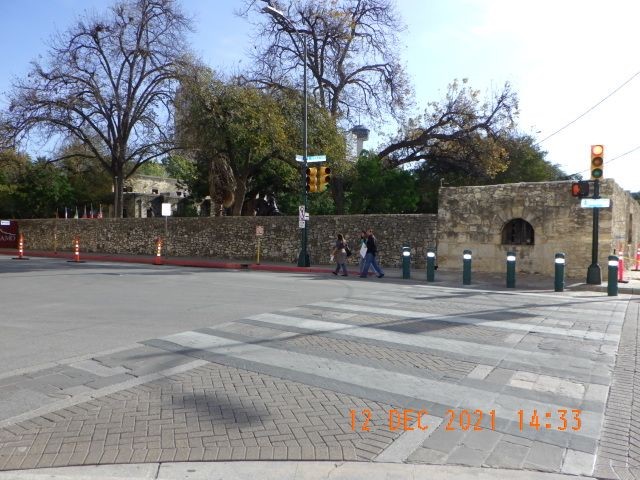
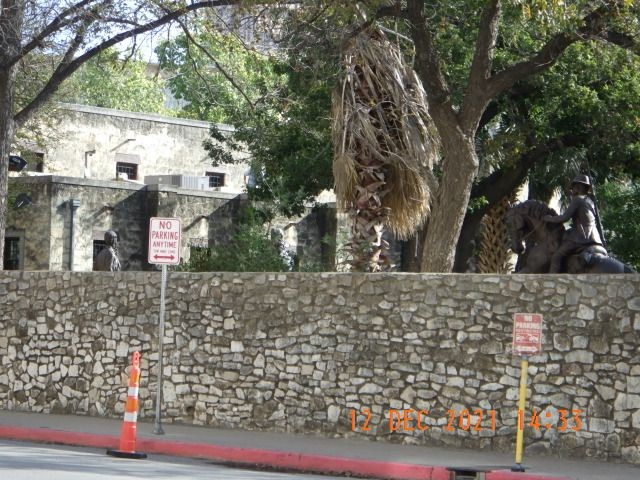
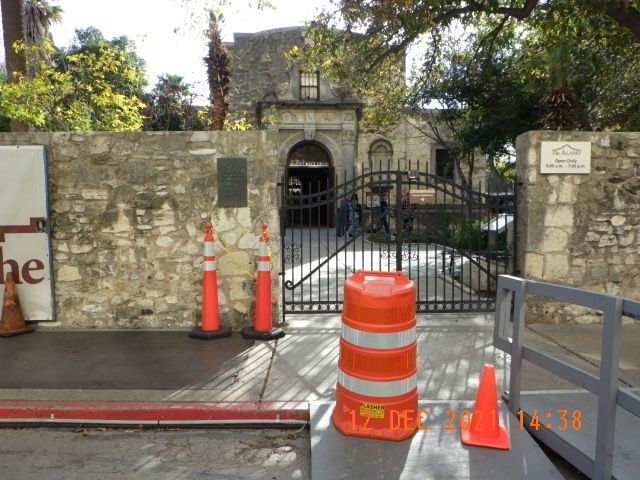
13-12-2021.
The Texas Air Museum Stinson Chapter in San Antonio, TX
On my way to Austin, TX, I visited the Texas Air Museum in San Antonio. Unfortunately for me, an employee informed me that it was closed. After we introduced ourselves to each other, this friendly and helpful man, Mr. Luis John Soria mentioned that he had to work there for a few hours and that I could walk around freely. I was amazed by their collection; the museum had a lot of nice material from WW1.
Herbert M. Mason.
Born in Waco Texas on August 10, 1898.
In late 1915 he joined the Texas National Guard and served along the Tex-Mex border with the 2nd. Texas Infantry Regiment as 1st. Sergeant of M Company.
In the spring of 1918 1st.Sergeant Mason was among the first to enlist in the Aviation Section, Signal Corps.
The U.S. had a few Instructors and fewer training planes and send the initial Fifty American fledgling aviators to England to be trained by the Royal Flying Corps.
Later, another 160 Americans were shipped to England, making 220 in all.
They were sent to various airdromes in England to learn to fly Maurice Farmans, Avros, Sopwith Camels, Spads, SE-5s, DH-9s and heavier airplanes.
Mason ended the war as a pilot with Boom Trenchard’s Independent Air Force flying Handley-Page 0/400 night bombers over Germany.
His crew members were Alfred “Shorty” Gaipa and Dan Waters, men with whom he had trained in England.
They held American commissions but wore the wings of the RFC.
About half of the original 210 Americans who flew with the RFC (later the RAF) were killed in combat or in training accidents.
Mason flew with the Texas Air National Guard at Ellington Field as a captain in the 1920’s.
During World War II he spent 42 months in England with the First Air Division, 8th Air Force.
He served with a B-29 outfit on Okinawa during the Korean War and ended his Air Force career with the Strategic Air Command.
He saw most of it!
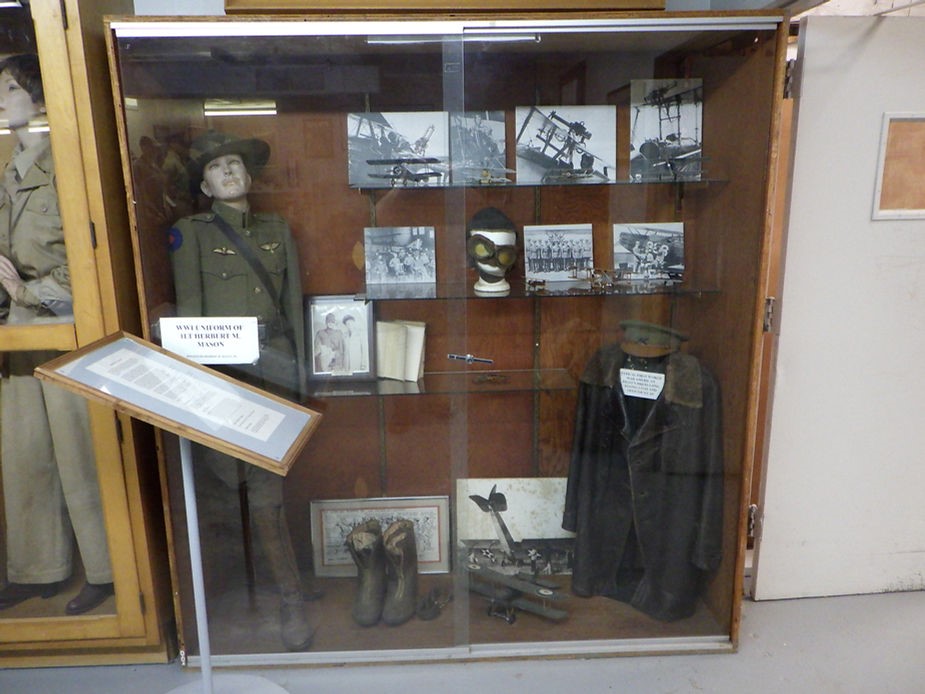
Campaign Hat : Standard issue for all branches of the U.S. Army.
Leather Helmet & Goggles : Standard British issue in 1917-1918. Goggles were shatterproof.
Rubber Galoshes : Worn everywhere by American airman of the 8th Air force during WWII.
Officers Blouse : This one was tailored in London.
Note the embroidered Royal Flying Corps wings on the right and the embroidered U.S. Service wings on the left. On the jacket I wear on my trip, I have an Air Force badge sewn on, I believe that this is the same type as the one on the right sleeve of the jacket of 1st. Sergeant Mason. The badge is over 100 years old. This would have been made with gold wire, in the beginning of the U.S. air force in Italy on behalf of a U.S. aviator. While this badge should probably be in a museum, I believe it couldn’t be better than on the sleeve of my jacket. The same jacket I wear on my motorcycle during this trip throughout the U.S. during which I honor the WWI soldiers and their sacrifices.

WWI badge on jacket
Edgar Tobin
As a pilot he served in the 94th Aero Squadron and later in the 103rd Aero Squadron.
His nickname was the little “ace”.
He shot down 5 enemy airplanes and an observation balloon.
He received the Distinguished Flying Cross and the French Croix de Guerre.

Edgar Tobin
The true United States
Because I usually drive through small roads and remote areas, I tend to come across many beautiful places that I’d otherwise miss out on.
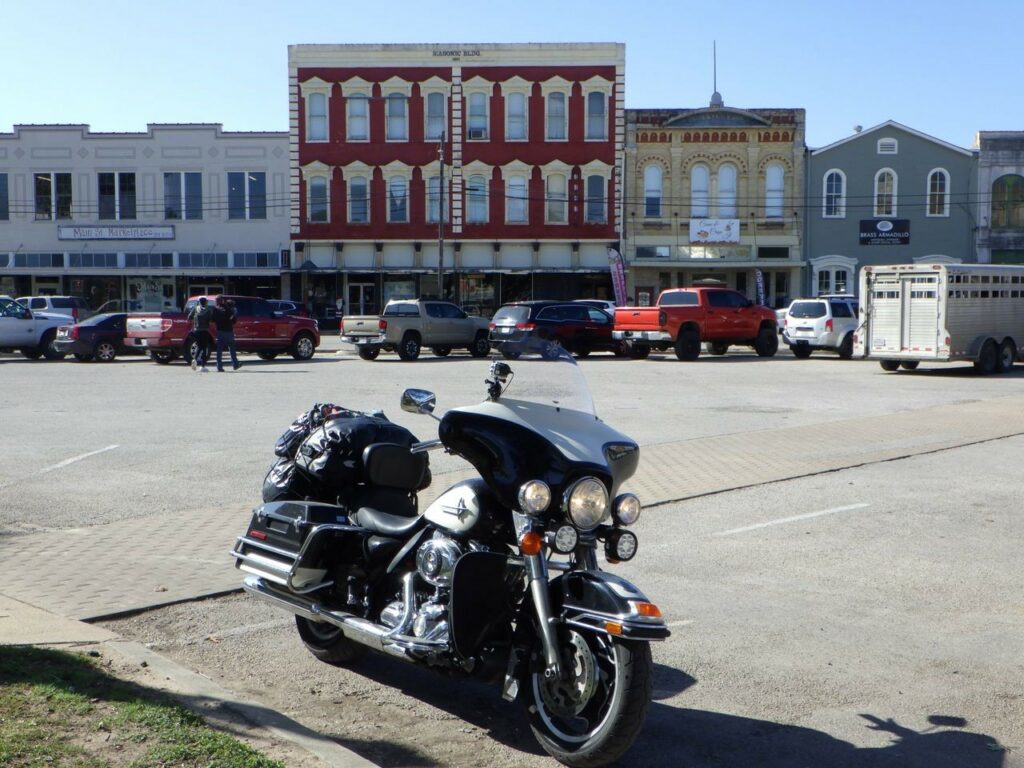
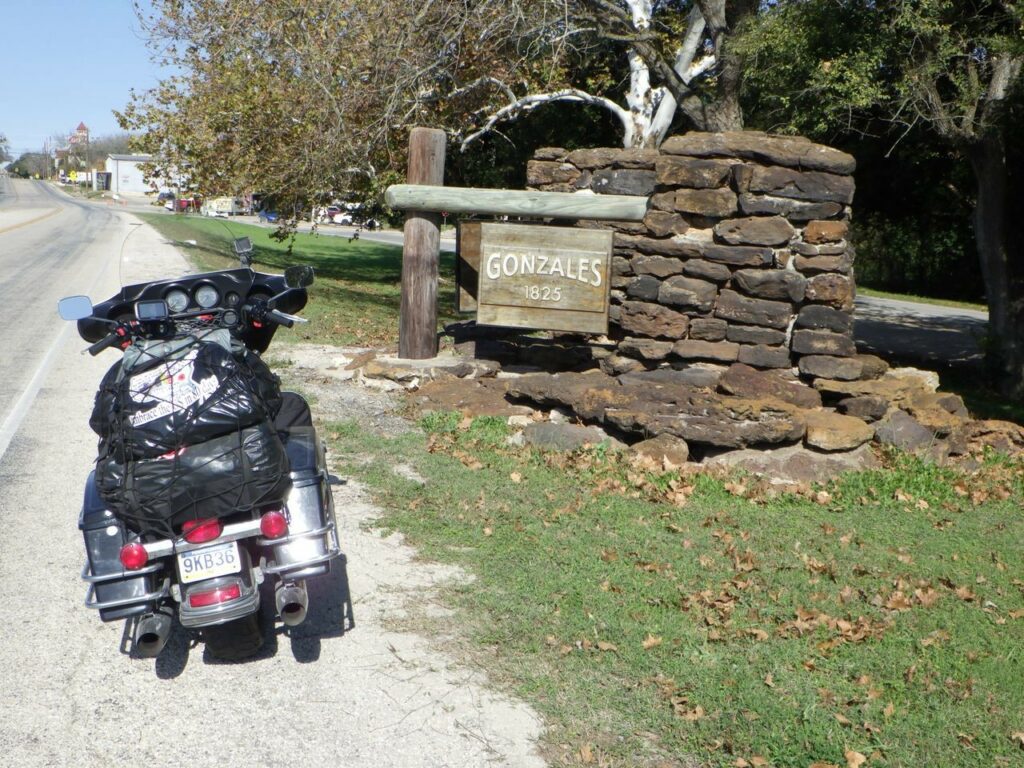
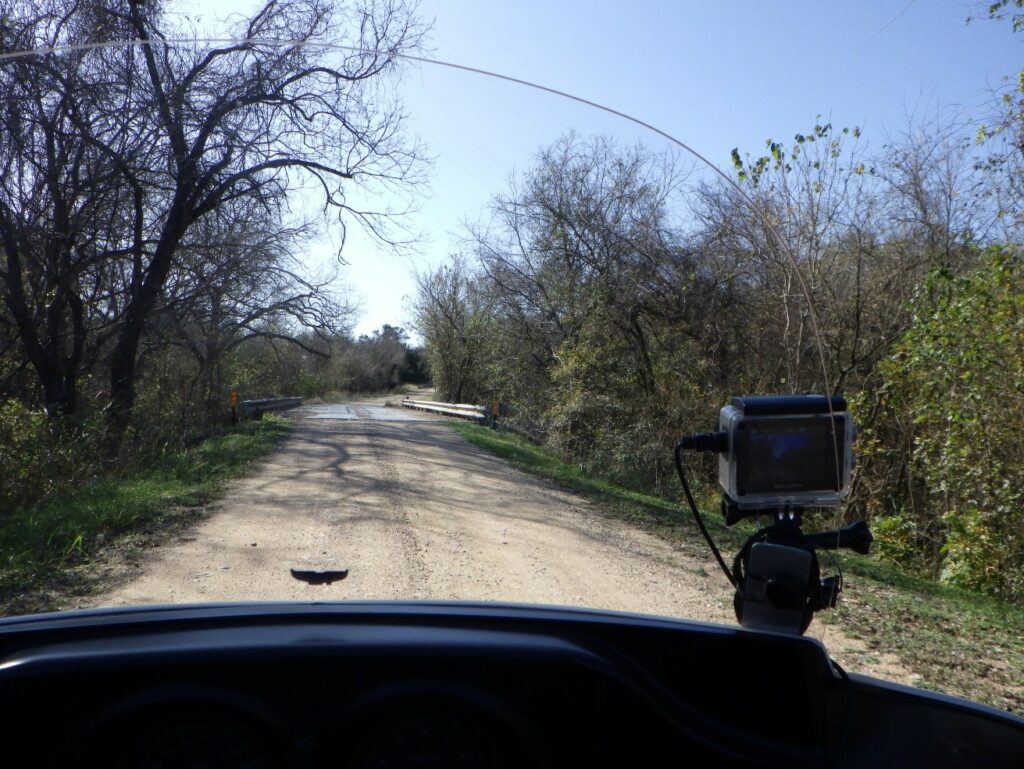
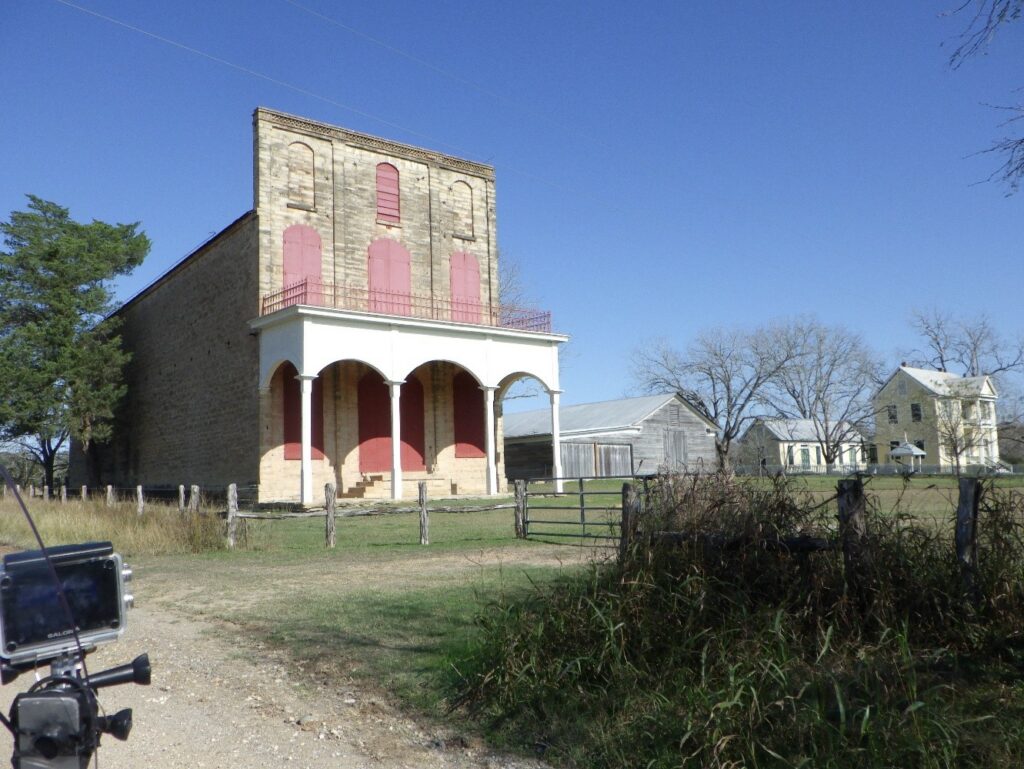

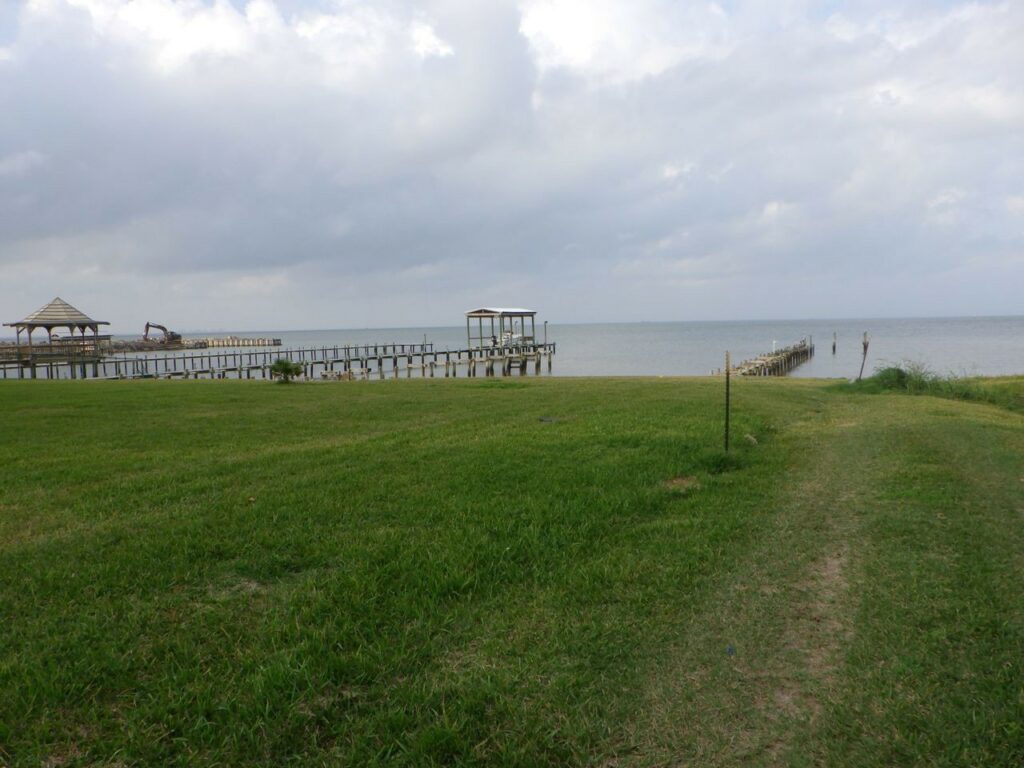
This is the true United States in my eyes.
Sgt. W.N Reynolds
WW1 Tunic, Cap, Helmet, Gas Mask and Leg Wrappings worn by Sgt. W.N Reynolds.
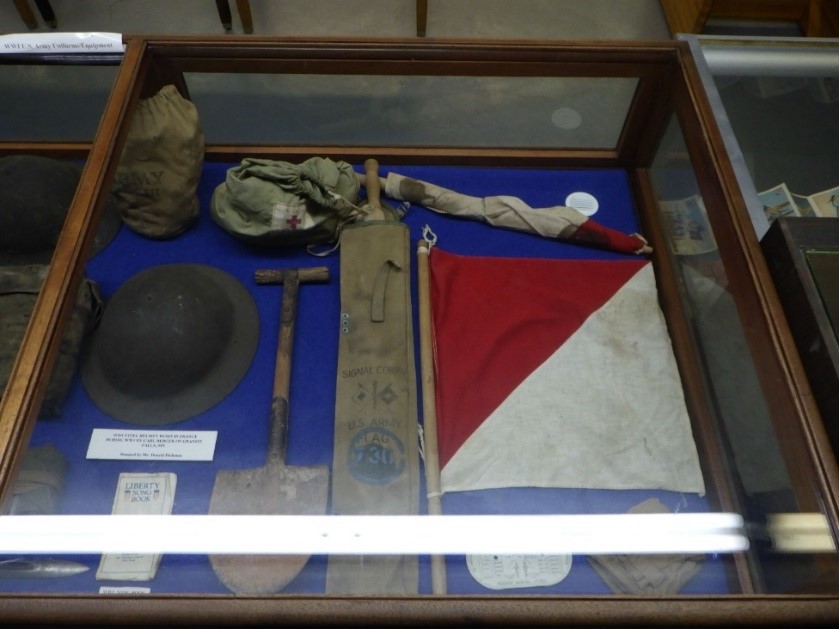
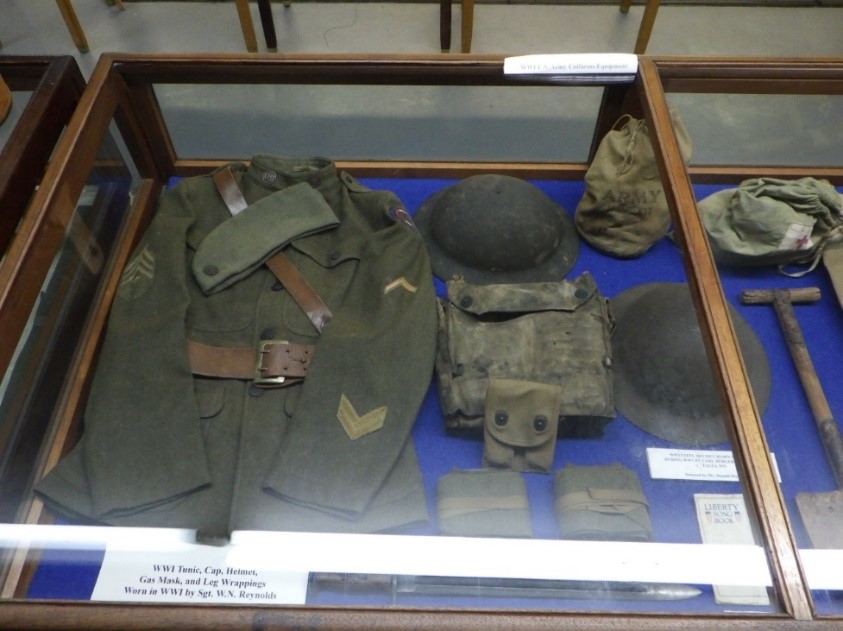
A very impressive museum.
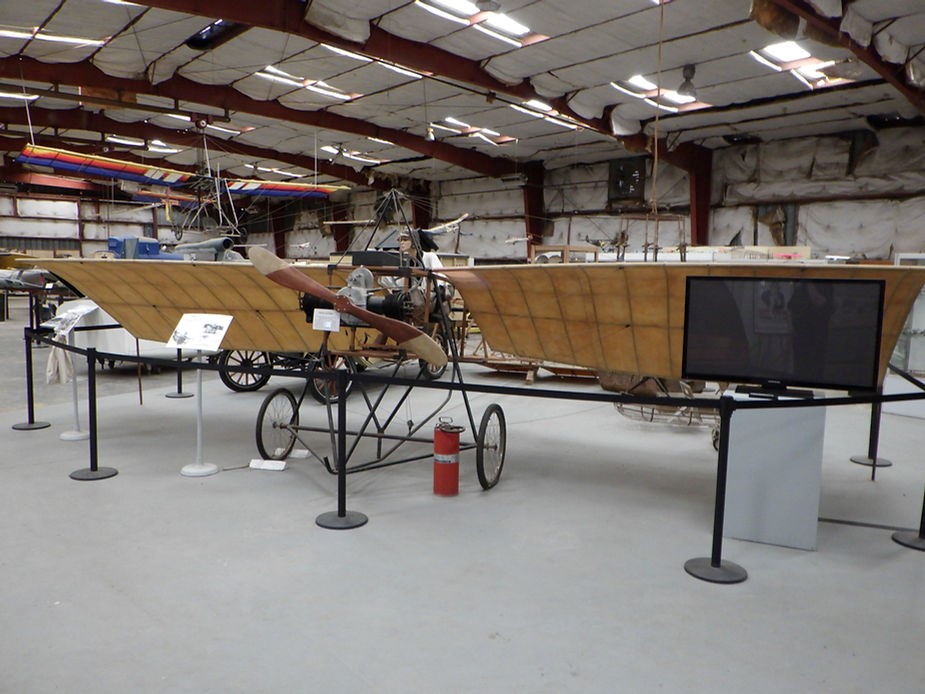
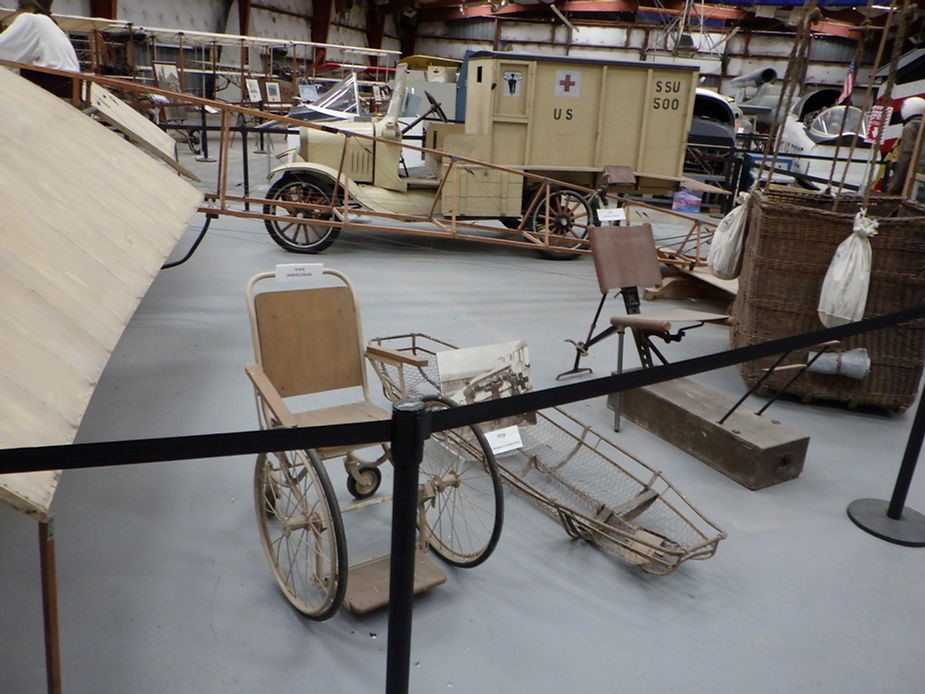

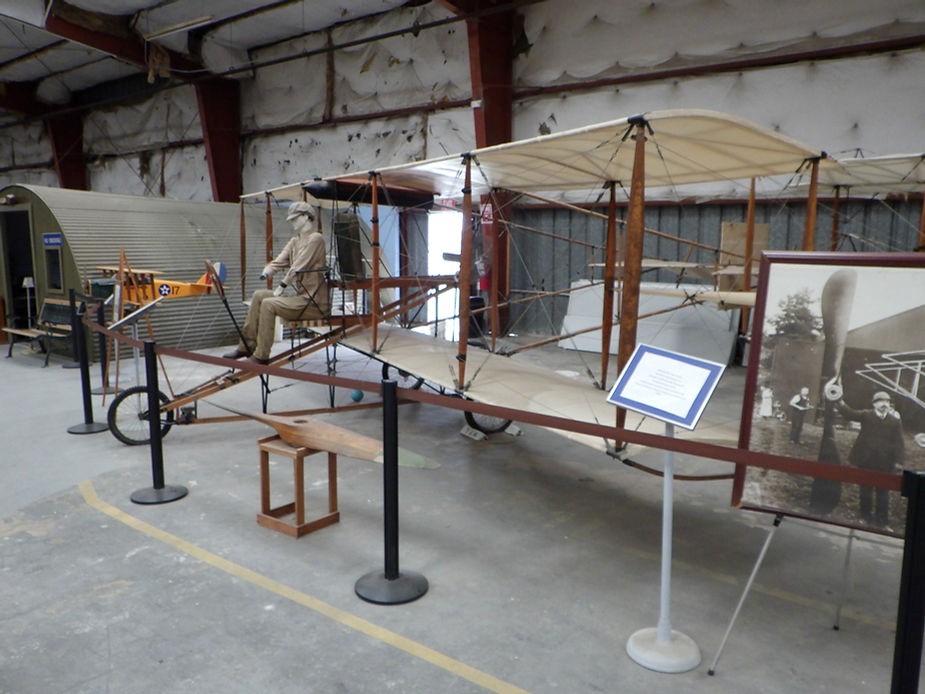
13-12-2021.
San Antonio Stinson – Mission Municipal Airport.
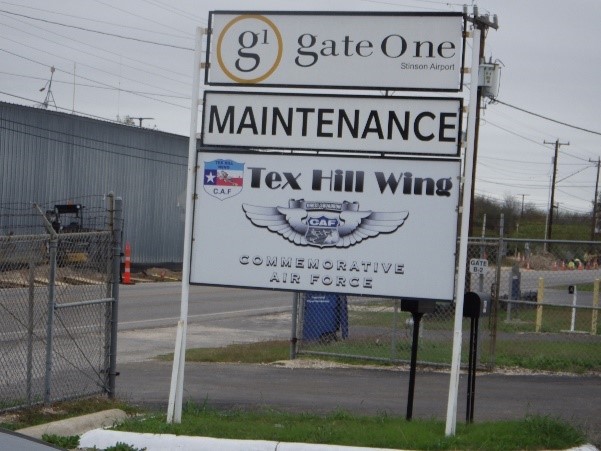
Mr. Luis John Soria, the kind man I had met at the Texas Air Museum in San Antonio, TX, told me to visit this airport. I was informed that a few people were constructing/replicating a Japanese Zero aircraft there. When I arrived at the airport however, I couldn’t find anyone, and the airport seemed to be closed. I did find a telephone number on the door, which I called. I was connected with someone from the San Marcos Commemorative Air Force Central Texas Wing, who told me I could drive up to them to visit their museum. I started my motorcycle and drove on to San Marcos, TX.
13-12-2021.
San Marcos Commemorative Air Force Central Texas Wing.
On December 13th, I drove to Austin, TX through Columbus, TX and San Antonio, TX.
In San Marcos, TX, I visited the Commemorative Air Force Central Texas Wing. This is a museum with airplanes and items from WW1, WW2, along with other wars.
I was shown around by a retired pilot, who gave me a very interesting tour.
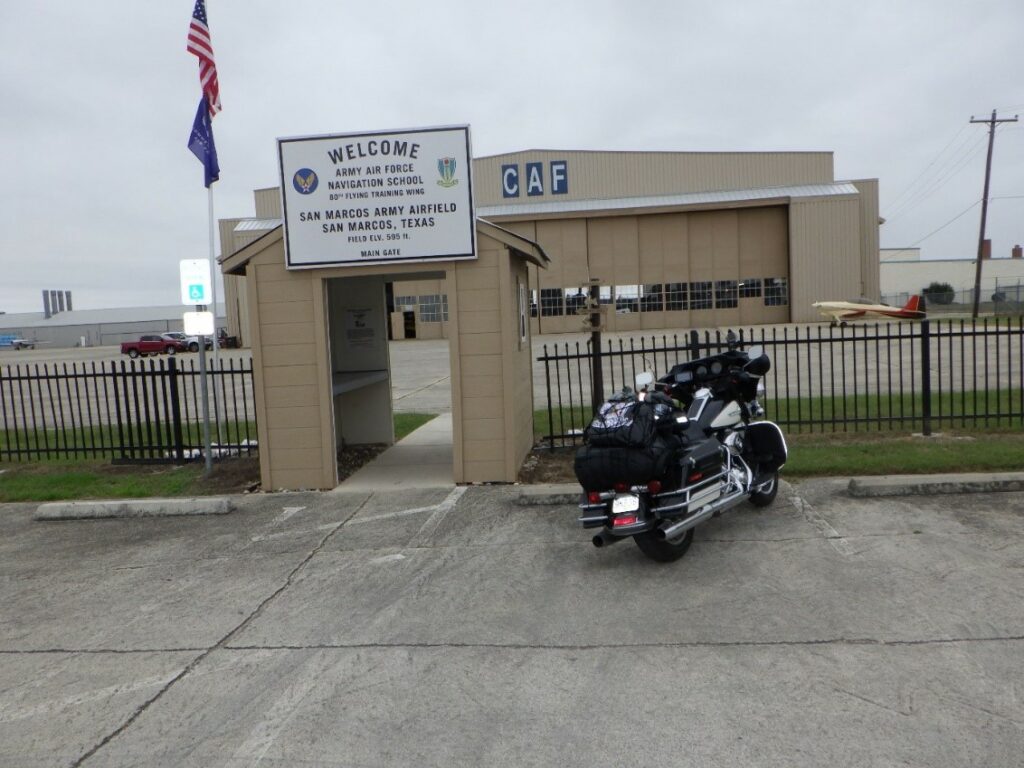
The museum also has the restored “That’s All, Brother” airplane, which is a Douglas C-47 Skytrain that led the main airborne invasion of Normandy. (There is a very interesting documentary on Netflix about the history and restoration of this aircraft. Resurrecting a Legend)
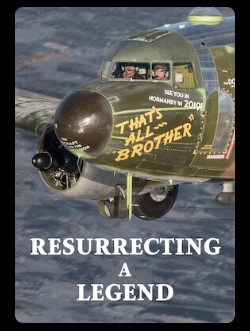

John Sterkendries in front of the restored airplane “That’s All, Brother” which is a Douglas C-47 Skytrain that led the main airborne invasion of Normandy.


They restore, maintain, and still fly most of the aircrafts that are in the museum.

This plane has the engine at the back of the pilot and the propeller in the front center is driven by a cardan shaft that runs between the” legs” of the pilot!!
You can also find a wide range of showpieces here as shown below.
The log of the Enola Gay.
The Enola Gay is the American B-29 Superfortress bomber that dropped the first atomic bomb,named Little Boy, over Hiroshima on August 6, 1945, during World War II.
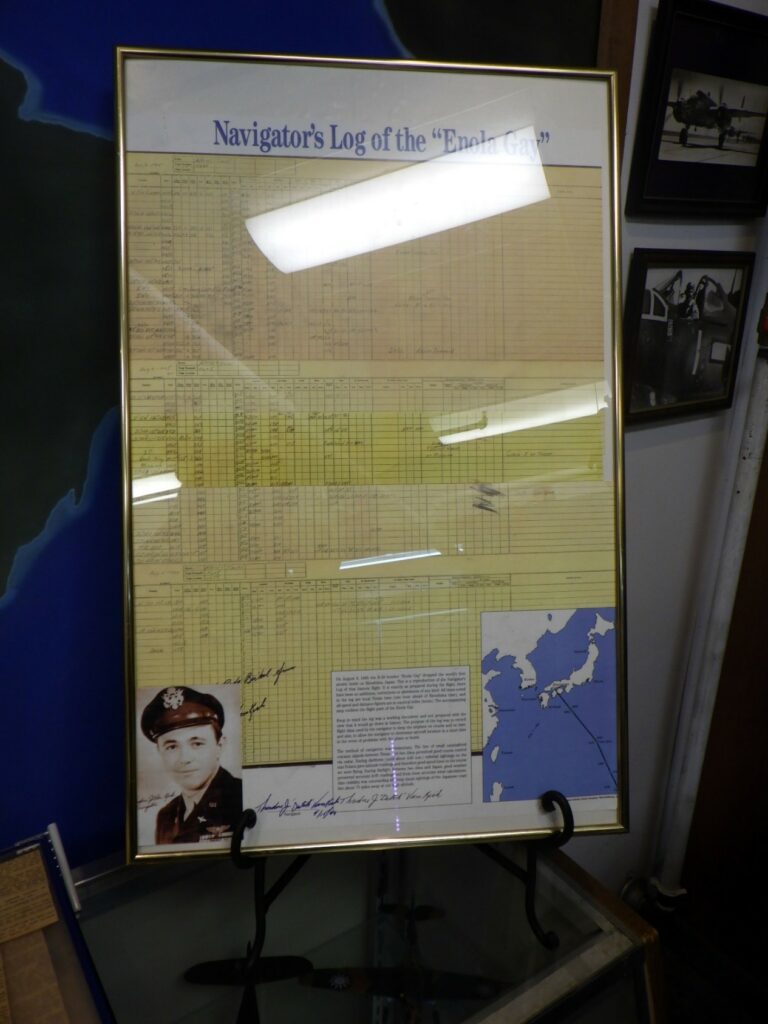

In the yellow rectangle, “Bomb Away”.
14-12-2021.
Austin.
During my last trip I rode around New Orleans but couldn’t visit the city as everything was closed due to the COVID-19 pandemic. This caused my blues heart to break just a little. As a huge Stevie Ray Vaughan and blues fan, I couldn’t help but stop at his statue in Austin, TX. I think he was also a motorcyclist when I see his helmet like that…
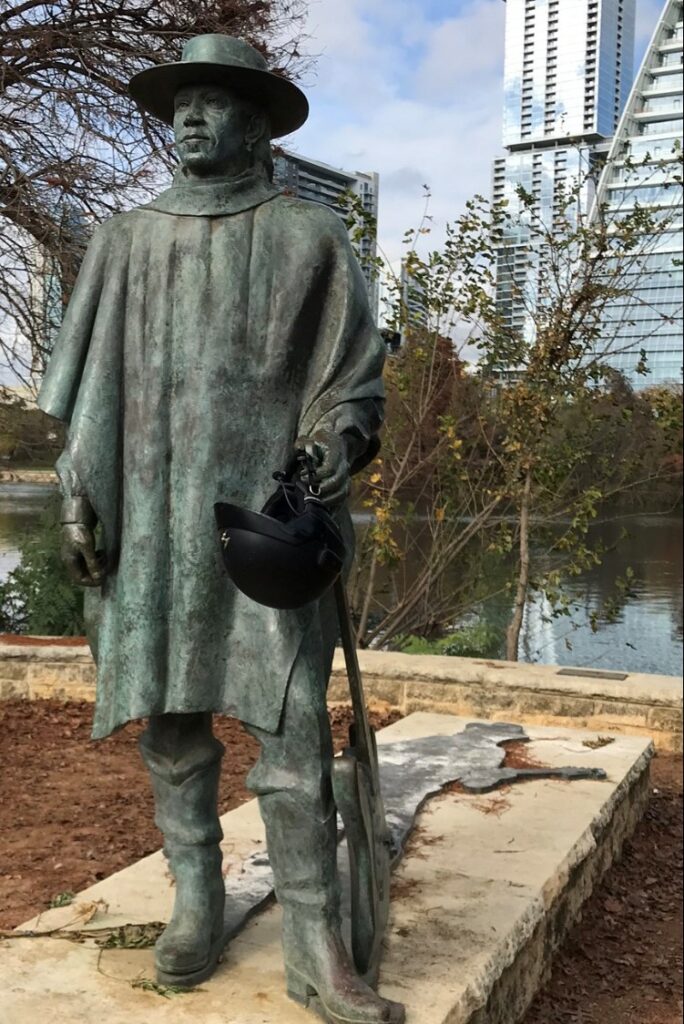
We also had a Flying ACE in Belgium.
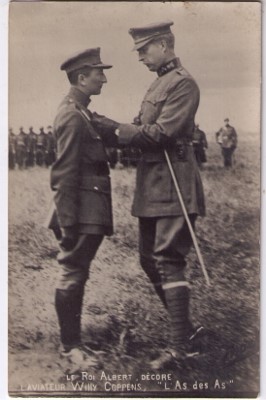
In 1914, following the German invasion of Belgium, Willy Coppens transferred to The Motor Machine Gun Corps. On 6 September 1915, he signed up for flight training in the Compagnie des Aviateurs. Ultimately, due to insufficiencies in Belgian training, he took eight weeks of leave to train to fly. He and 39 other Belgians learned to fly on their own expense in Britain. He received his pilot’s certificate on 9 December 1915. After this training in Britain he had further training at the Farman School in Étampes, France and joined the Sixieme Escradrille as a sergent 1st class (Sergeant First Class) on 8 April 1917 flying BE-2c two seaters. Later that month, he was assigned to Quatrieme Escadrille to fly a Farman pusher. On 1 May, he received a Sopwith 1½ Strutter two seater and promptly flew it into his first aerial combat.
In mid July, he transferred to the single seater fighter unit 1ère Escadrille de Chasse (1st Pursuit Squadron). He received the last remaining Nieuport 16 in the squadron; everyone else had upgraded to Nieuport 17s. When Hanriot HD.1s were offered to the squadron, he was the only pilot to initially accept one. His enthusiasm for the aircraft type prompted other pilots to also move over to Hanriots.
On 19 August Coppens was promoted to Adjutant. He continued his nervy but unsuccessful combat career against enemy aircraft until 17 March 1918. On that day he carried out his first attack on German observation balloons, as an aid to a ground assault by the Belgian Army. Though handicapped by lack of incendiary ammunition he punctured two balloons, causing the observers to bail out and the balloons to collapse to the ground.
Finally, on 25 April Coppens scored his first victory by downing a Rumpler two-seater. On 8 May he finally found his metier, when he shot two balloons down in flames.
A week later, using his usual tactics of close-range fire, Coppens cut a balloon loose from its ties. It bounced up beneath him and momentarily carried his Hanriot skyward. After his aircraft fell off the balloon, he restarted its engine and flew back to base. The balloon sagged into an explosion.
Later when on another attack run, he got shot at from a balloon. He parked his plane on top of the damaged balloon, shut down his engine in order to protect its propeller, and waited until the balloon descended to slide off the balloon and fly away.
From then on, Coppens’ record was spectacular. Between April and October 1918 he was credited with destroying 34 German observation balloons and three airplanes, nearly as many victories as Belgium’s other five aces combined. Unlike most fighter pilots of World War I, who used .303 caliber or 7.92 mm guns, Coppens used a larger bore 11 mm Vickers machine gun, having upgraded his weaponry prior to June 1918.
In June, he was promoted to sous lieutenant, thus becoming an officer. His royal blue plane with its insignia of a thistle sprig wearing a top hat became so well known that the Germans went to special pains to try to kill him. On 3 August he shot down a balloon booby-trapped with explosives that when detonated from the ground narrowly missed killing him. The flaming wreckage of the balloon “fell swift as doom on the watching [German] staff officers, killing many and injuring the rest”.
On his last mission, 14 October, Coppens downed a balloon over Praatbos and was attacking one over Torhout when he was severely wounded by an incendiary bullet, smashing the tibia of his left leg and severing the artery. Coppens crash landed near Diksmuide and was taken to hospital, where his leg was amputated.
Coppens achieved all his victories flying a Hanriot HD.1 fighter.
15-12-2021.
The Texas Military Forces Museum – Camp Mabry Austin Texas.
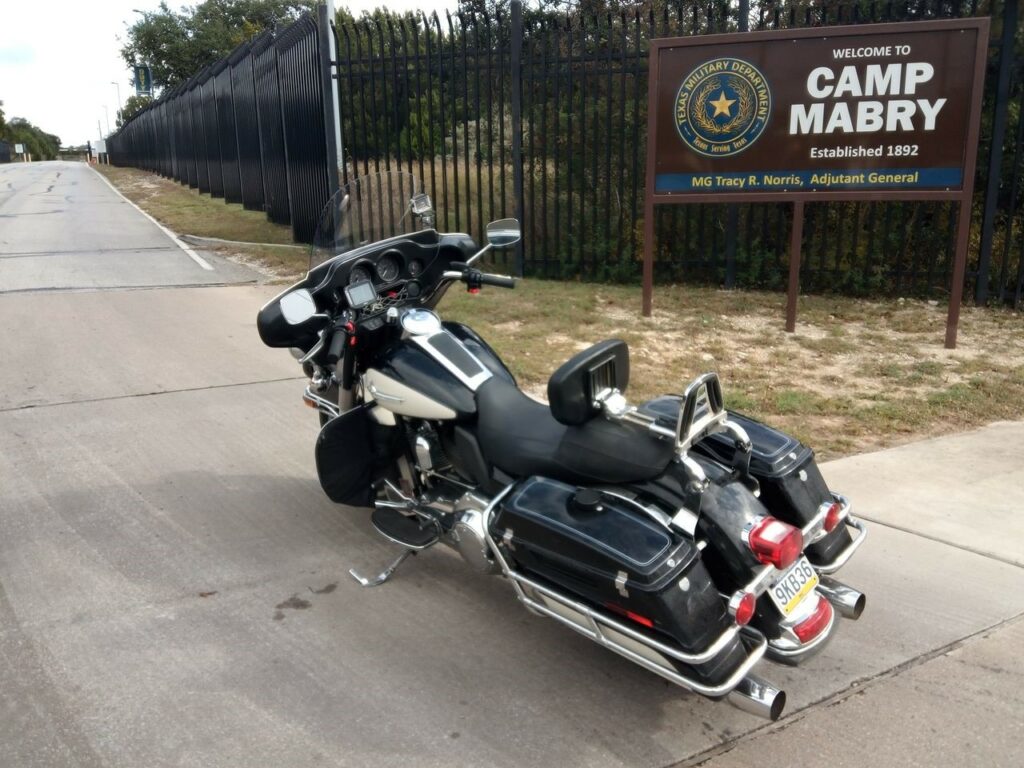
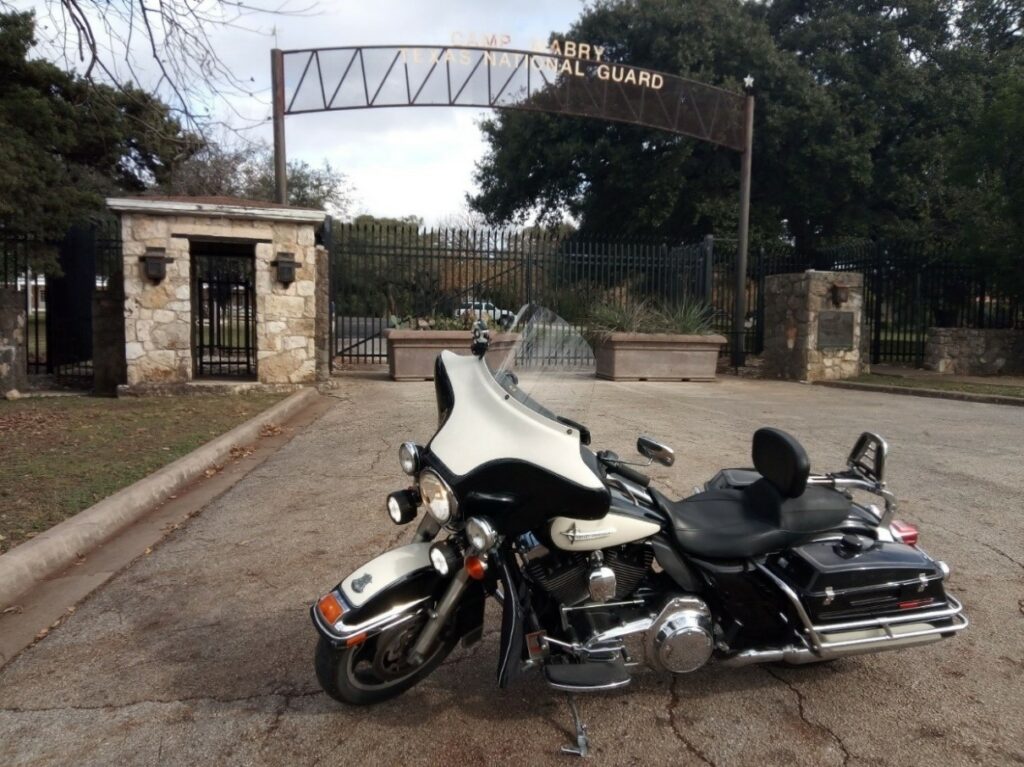
My final stop was on December 15th, during which I visited the Texas Military Forces Museum in Austin, TX. The people of the museum had asked me if I could come and tell my story to them that evening at their Christmas gathering, which I happily did. I returned later that evening and they had provided me with a small booth. I told the visitors why I was making this trip throughout the U.S. and donated my second/last statue of this trip there (Kindly provided by the municipality of Kinrooi).
The museum is going to display it at the entrance of the base, along with a word of explanation so that everyone who visits the base can see and read about it.
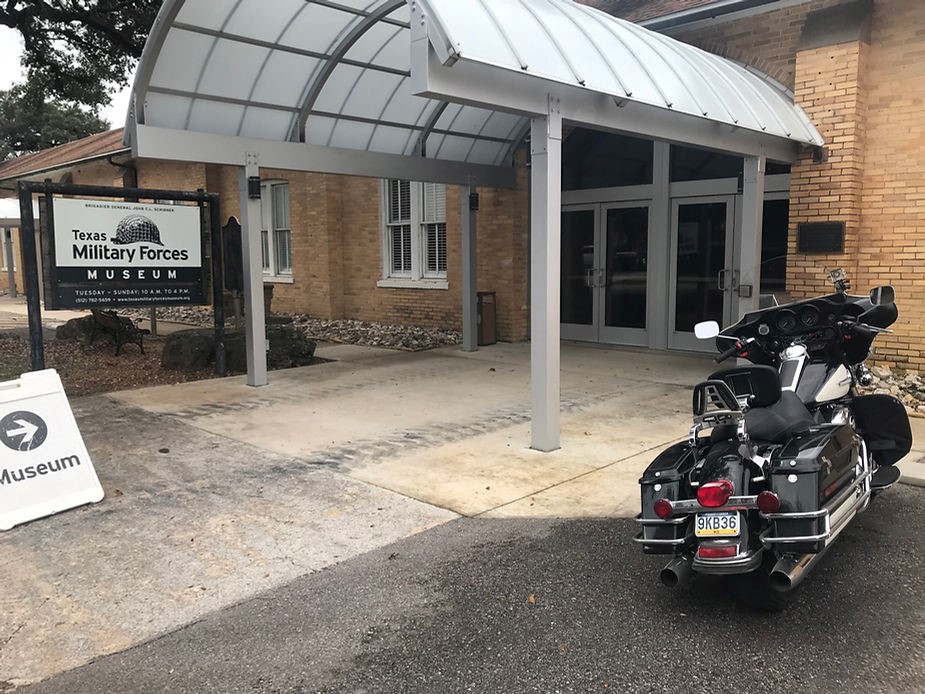
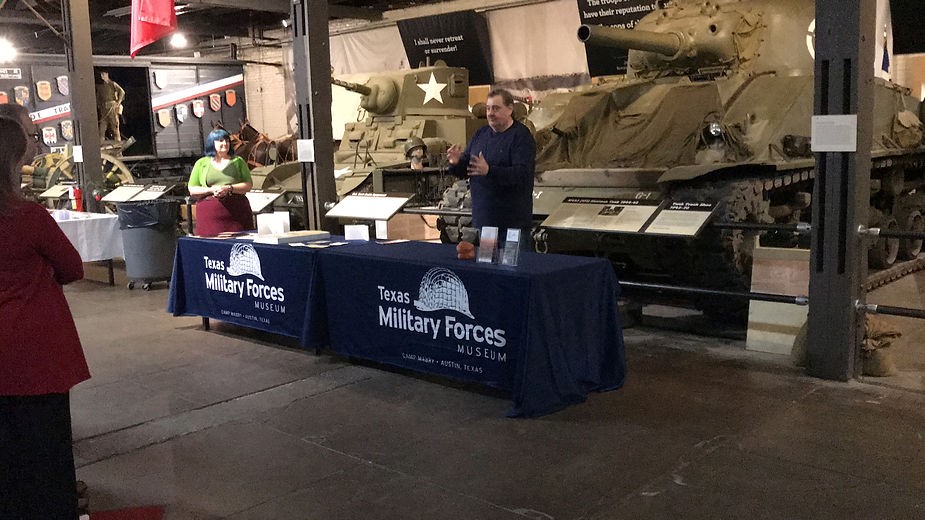
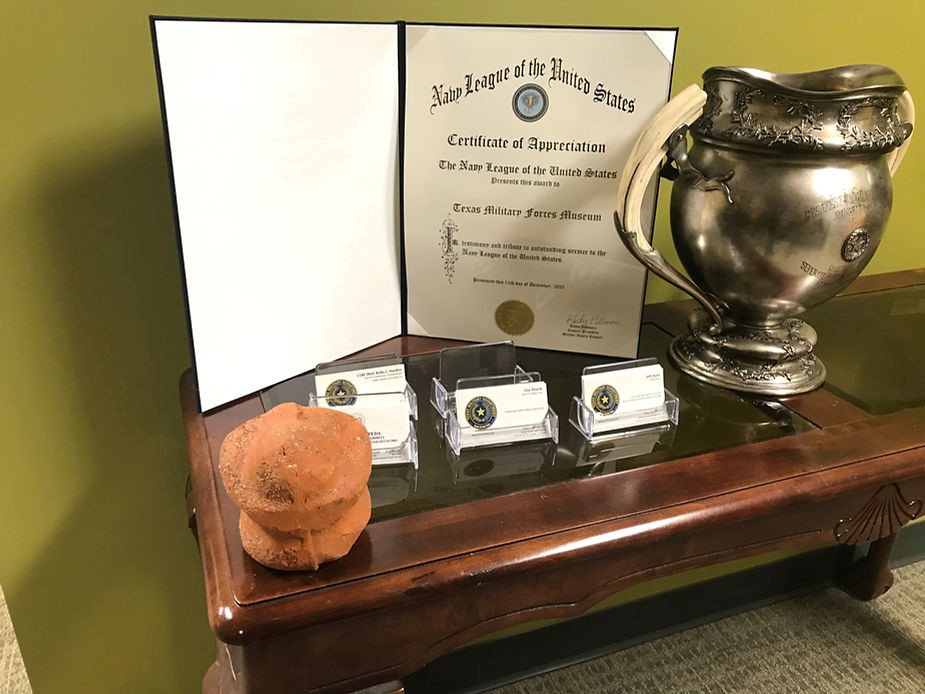

Statue provided by the municipality of Kinrooi.

Gifts presented to John Sterkendries by the Texas Military Forces Museum
In this museum there are many interesting items from WW1 but also from other wars.
M1913 Cavalry “Patton” saber
Designed with a curved blade for slashing attacks by horse-mounted troopers against enemy foot soldiers.
In 1912, 2nd Lieutenant George S. Patton, Jr. developed a new saber design while serving as “Master of the Sword” at the Mounted Service School at Ford riley, Kansas. The Patton sword was designed for thrusting rather than slashing. The weapon was nicknamed the “Patton” saber. The U.S. Army adopted Patton’s design in 1913. Officially known as the Model 1913 Saber, it was used throughout WWI.

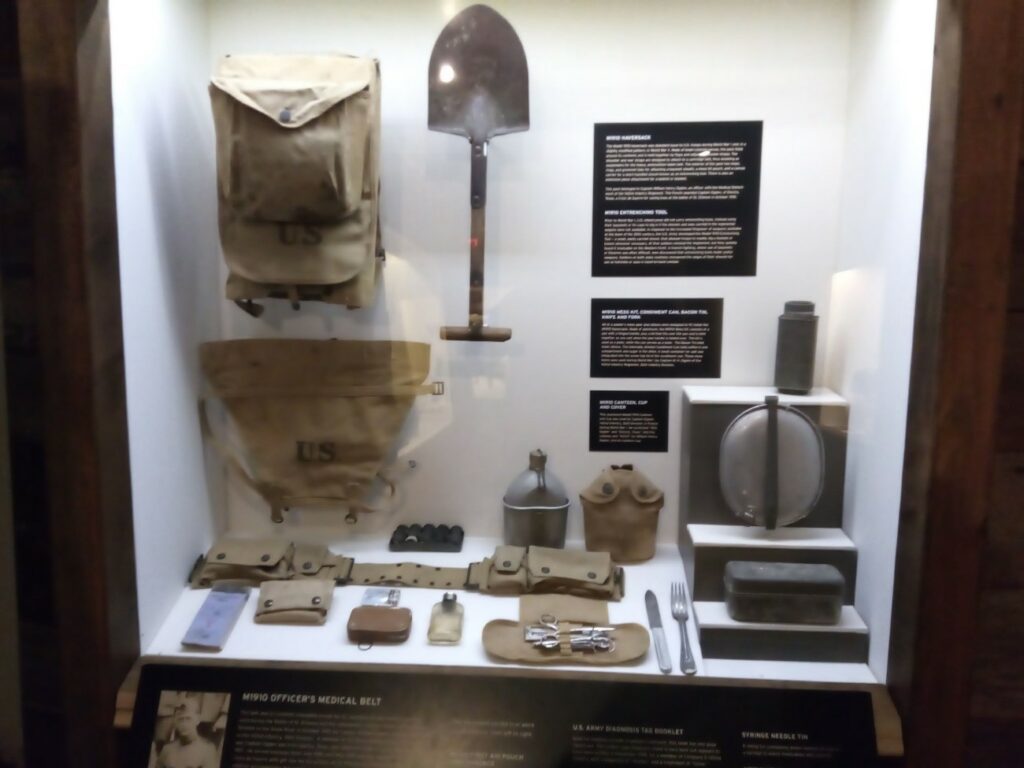

WWI American clothes and equipment.

WWI German clothes and equipment.

This German helmet was mailed from Italy to Austin, TX in 1919 by Gladys Lucy Harris, a Red Cross Nurse who served at Base Hospital 102 in Italy during WW1. She had found this helmet by the Piave River and stuck stamps and an address label on the helmet and put it in the mail to a ”Mrs.L” at 307 West 19th Street in Austin.

Periscope for use in the trenches.

Periscope mounted on rifle.
Hotchkiss M1914 Machine Gun 1914-54
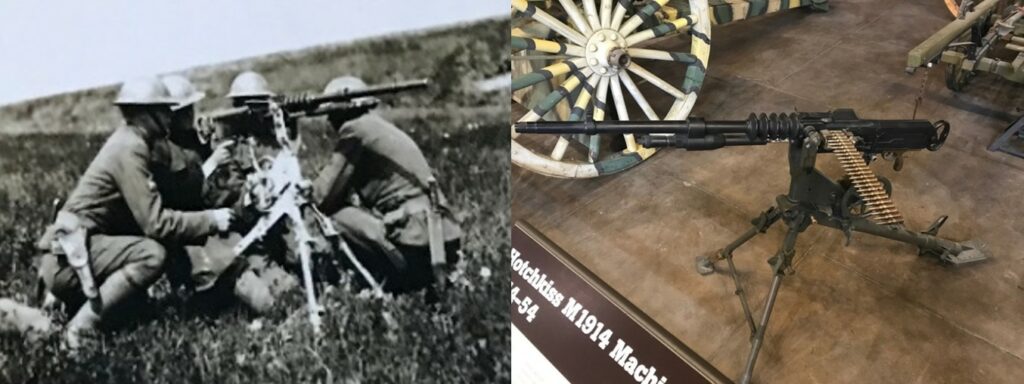
Maschinengewehr 08 1908-45
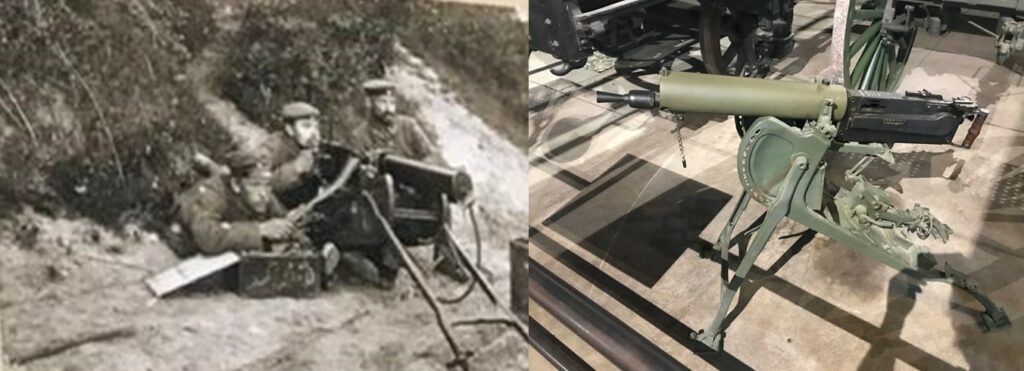

John Sterkendries and George Necer
I met this man in the Texas Military Forces Museum. Mr. George Necer, born in France. I highly recommend looking him up online, Mr. Necer has some beautiful stories and a great personality. We instantly hit it off, a real Cowboy, “from Europe”😉.
16-12-2021.
Fayette County, TX
On my way back from Austin, TX to Houston, TX I stopped in several places, one of which was Fayette County. There is a nice monument there for various wars, including WW1. I had one more statue with me, this was a statue that I had planned to donate it somewhere along my first planned trip from Houston, TX to Tucson, AZ. I was looking for a good home for it during the last days of my trip.
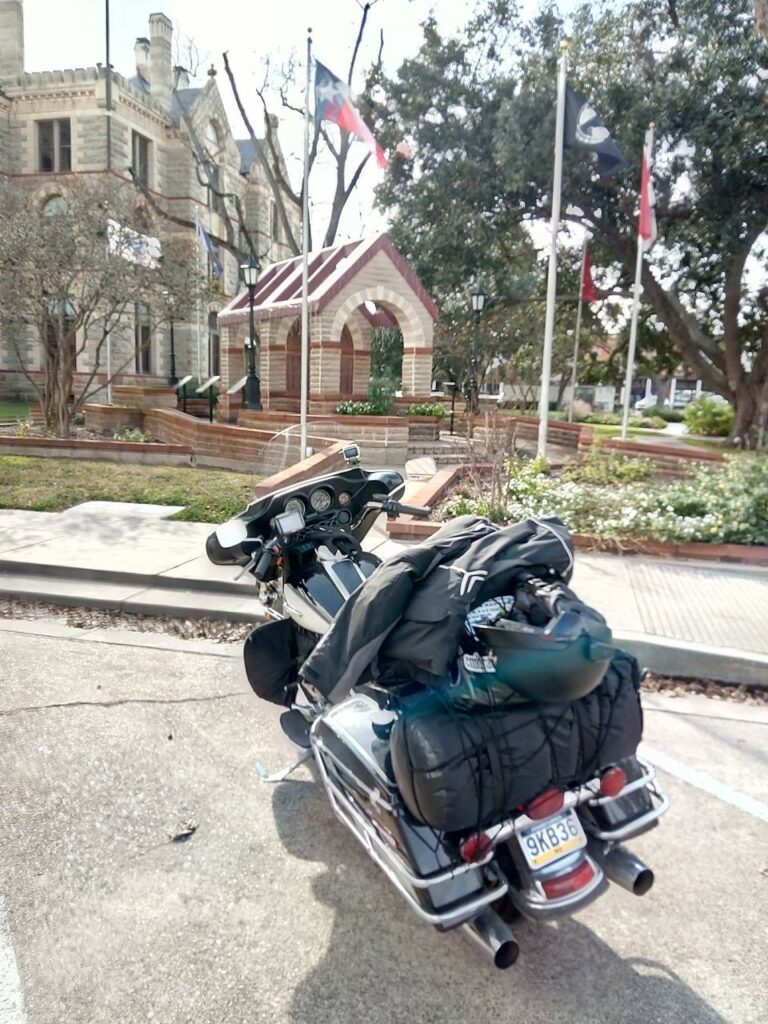

Fayette County, TX Veterans Memorial
I entered the beautiful Fayette County Courthouse, (seen on the left in the photo) and reported to the receptionist, telling my story in a nutshell. After a while a young lady came up to me, and I told her what I was coming to do in their beautiful city. She was impressed, mainly because her grandfather had fought in Europe. She had researched her family’s history herself and struggled to get information from Europe. She told me she would contact the mayor right away. After a while she came back and said she couldn’t get anyone interested in meeting me and my statue. She didn’t understand and seemed a bit upset about it herself, apologizing to me. I told her that she had certainly tried her best, but if no one bothered to meet me and my statue, I certainly wouldn’t leave my precious little travel companion there. She also gave me some information about her grandfather, which I would happily look into and search for some for information when I was back in Europe. Afterwards, we said goodbye, both a little disappointed.
16-12-2021.
Now back in Houston, I put my motorcycle back into storage and got it ready to be left there again for an unknown time. This was almost one year ago now….
I booked a flight back to Pittsburgh, PA the next day on 17th and flew back to Belgium from a few days later with my daughter to celebrate the holidays.
August 2022.
In my first story, I wrote about why I started this big journey throughout the United States in the first place. It started in Glassport, PA in 2019, where I accidentally came into contact with The American Legion post no 443. I had spent an afternoon there and talked to its veterans. This experience made me decide to start this big undertaking/journey.
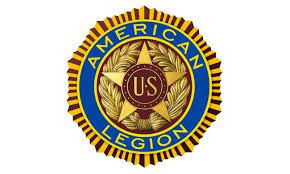

American Legion post No 443
My wife and I made a quick trip to Pittsburgh, PA in August 2022 to visit our daughter who is studying there. Because my motorcycle is in storage in Houston, TX and our time in the United States was rather short this time around, I decided to visit Glassport, PA again, this time with my wife and daughter. We were warmly welcomed there and had a pleasant afternoon. Here, we met “Oggy”, a veteran visiting there. He himself is from post 701 White Oak and invited us to his post the following day. Once again, we were met with a warm welcome. Several people came to talk to us, all three of us were by their personal stories. Another gesture that touched us was the ringing of the bell. At one point during our time there, I was asked to ring the bell, a tribute to the soldiers who did not return from their mission.
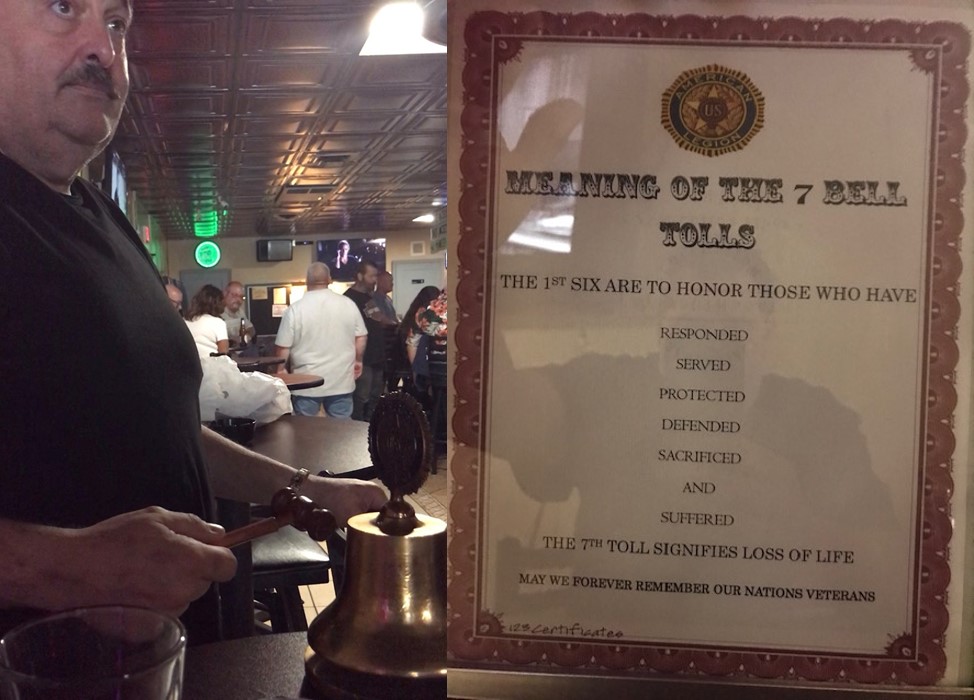
Once it was time for us to take our leave, we were gifted a few items that are currently on display at my home office (below).
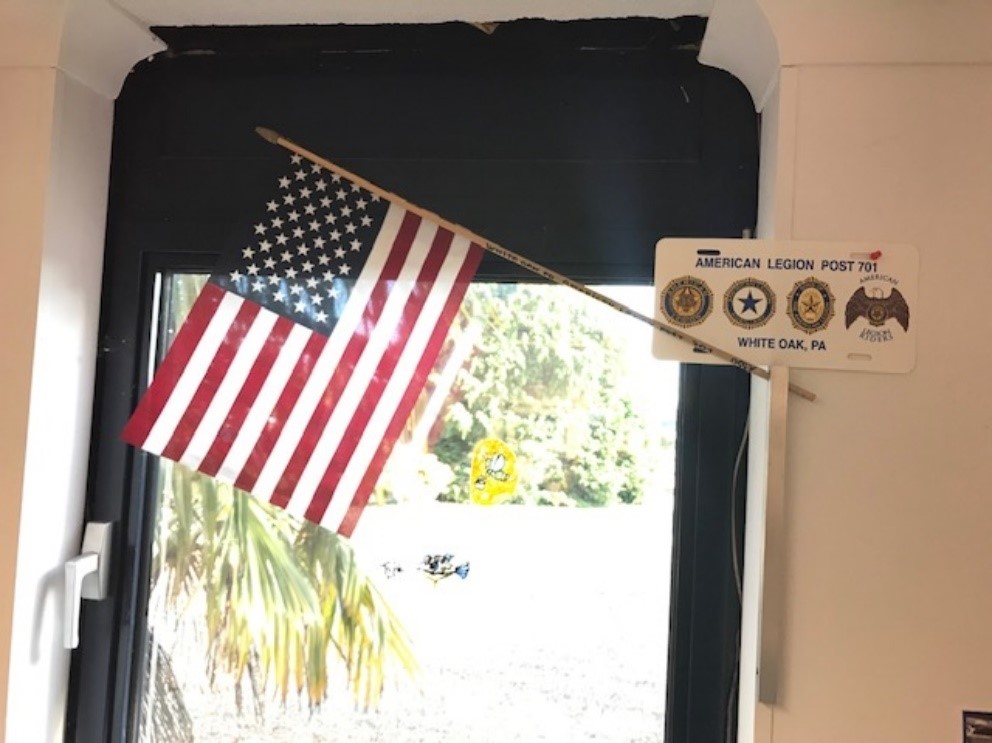
I hope that I’ll be able to visit many more American Legion posts in my upcoming trips.
25-12-2022.
Due to the lingering effects of the COVID-19 pandemic, there are quite a few problems and delays when it comes to obtaining automotive parts in Europe at the current moment, something I’m sure is a struggle in the United States as well. Because of this, I’m unfortunately unable to leave my business behind for a few weeks to continue my journey. God permitting, I will get a chance to continue my ride to Kansas City, Missouri in 2023.
God bless.
John Sterkendries
The Siegfried Line
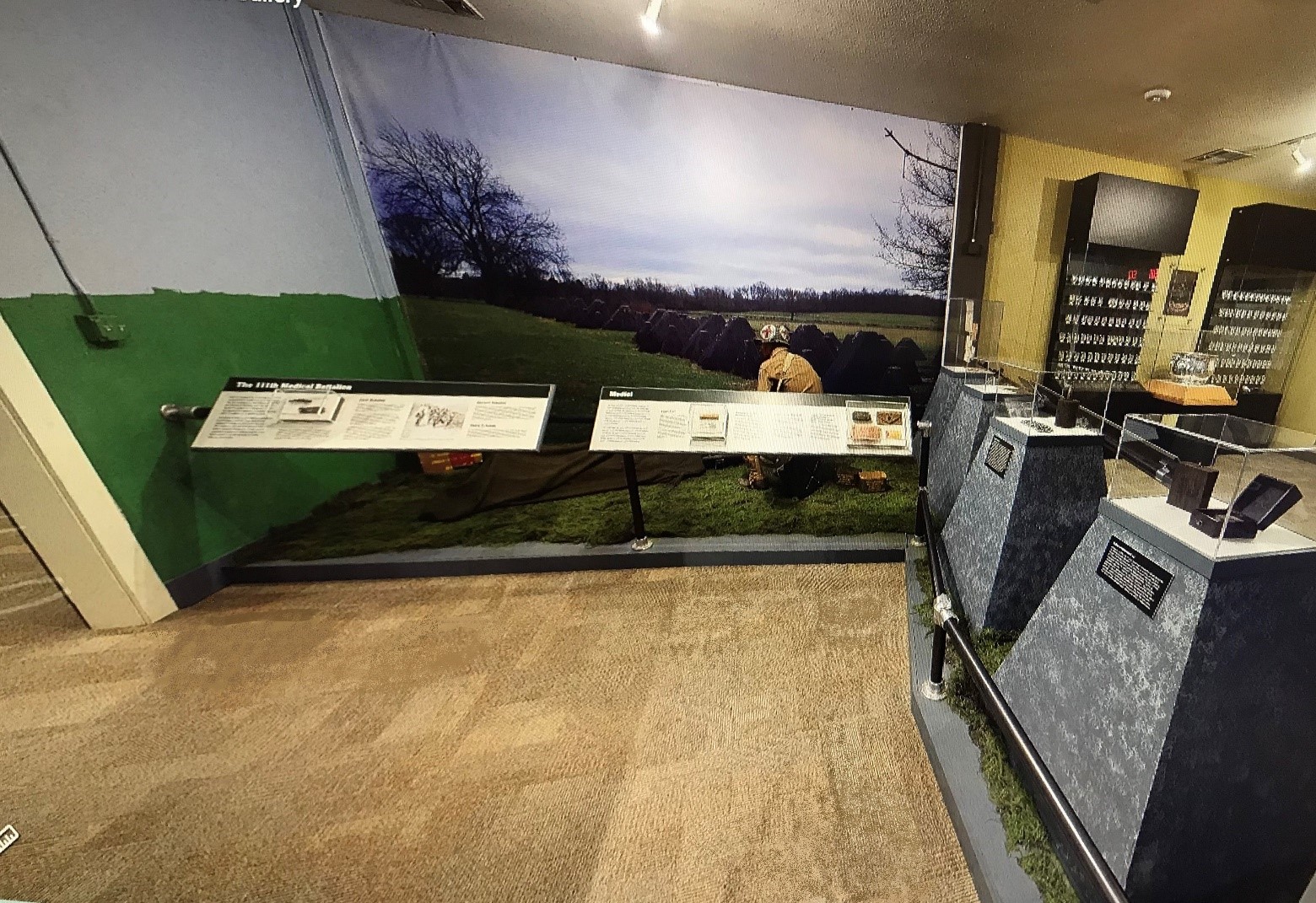
In this museum there is a section about the history of the Siegfried Line. (Siegfriedlinie)
The Westwall (or Siegfried Line with the Allies) was a German defensive line that was built just before and during World War II and runs from Cleves, on the Dutch border, to the Swiss border.
The Westwall has a length of more than 630 km.
The Westwall was a series of (underground) bunkers, concrete tank barriers (also called dragon’s teeth), machine gun nests, barbed wire barriers and minefields.
The real ones are less than 1 hour drive from my house.
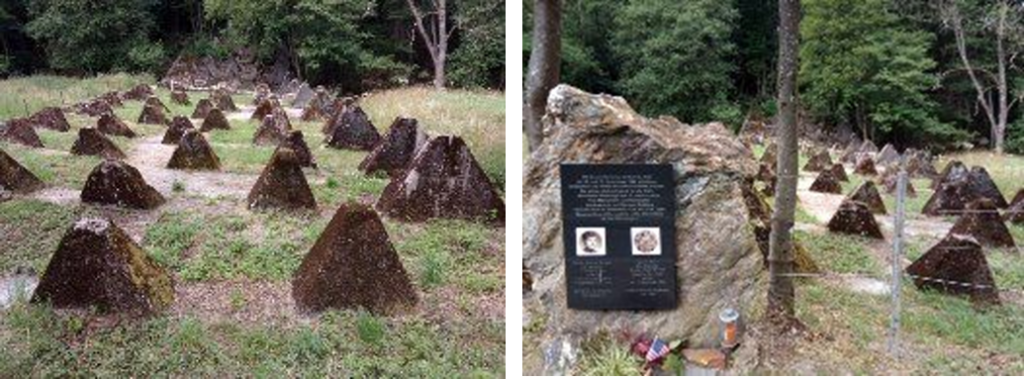
-
- Belgie – Belgium
- Nederland – The Netherlands 1 kilometer from my house
- Duitsland – Germany 10 kilometers from my house
- Luxemburg – Luxembourgh 130 kilometer from my house
- Frankrijk – France 260 kilometers from my home
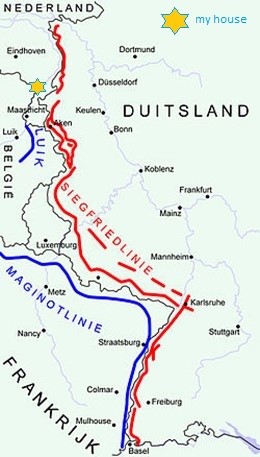
The Siegfried Line was already the subject of a popular song in 1939 in support of the British troops who travelled to France.
The Siegfried Line.
We’re going to hang out the washing on the Siegfried Line.
Have you any dirty washing, mother dear?
We’re gonna hang out the washing on the Siegfried Line,.
’Cause the washing day is here.
Whether the weather may be wet or fine,
We’ll just rub along without a care.
We’re going to hang out the washing on the Siegfried Line.
If the Siegfried Line’s still there…

American soldiers do laundry at the Siegfried Line
The Germans had put their best engineers on this project and for the development of the dragon’s teeth. All this effort went to waste however when the Americans came, and with common sense, buried them with a bulldozer under sand. This was the perfect solution within the shortest time.
Many designs and projects had been launched to break through enemy lines. For example, this large wheel propelled on the outer rim by several rockets had a large charge in the center that had to detonate at the target.
Many of these inventions were deployed but many, such as these, were also discarded.
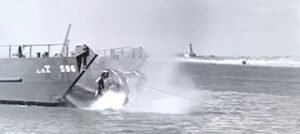
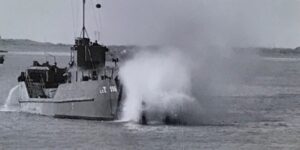
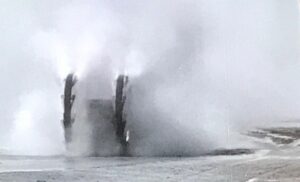
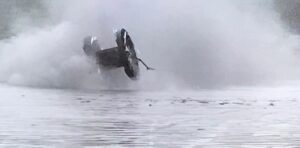

Near the actual Siegfriedline.
Felsennest was one of Hitler’s headquarters. Specifically, it was one of the first headquarters that Hitler had built. Felsennest is located in the Eifel, near the village of Rodert, Germany. (Near Bad Münstereifel, 40 kilometers south of Bonn).
The headquarters had been built to replace Adlerhorst, which Hitler was not satisfied with. From this headquarters, Hitler led Operation Fall Gelb, the attack on the Low Countries. Hitler first found himself in Felsennest in the fall of 1939, making plans for the invasion. In addition, he was in the complex from May 10, 1940 to June 6, 1940. The complex consisted of several ammunition bunkers and reinforced foxholes. There were also some concrete bunkers, a central Führerbunker and a guest bunker. These structures are about 1 hour from my home in Belgium.
